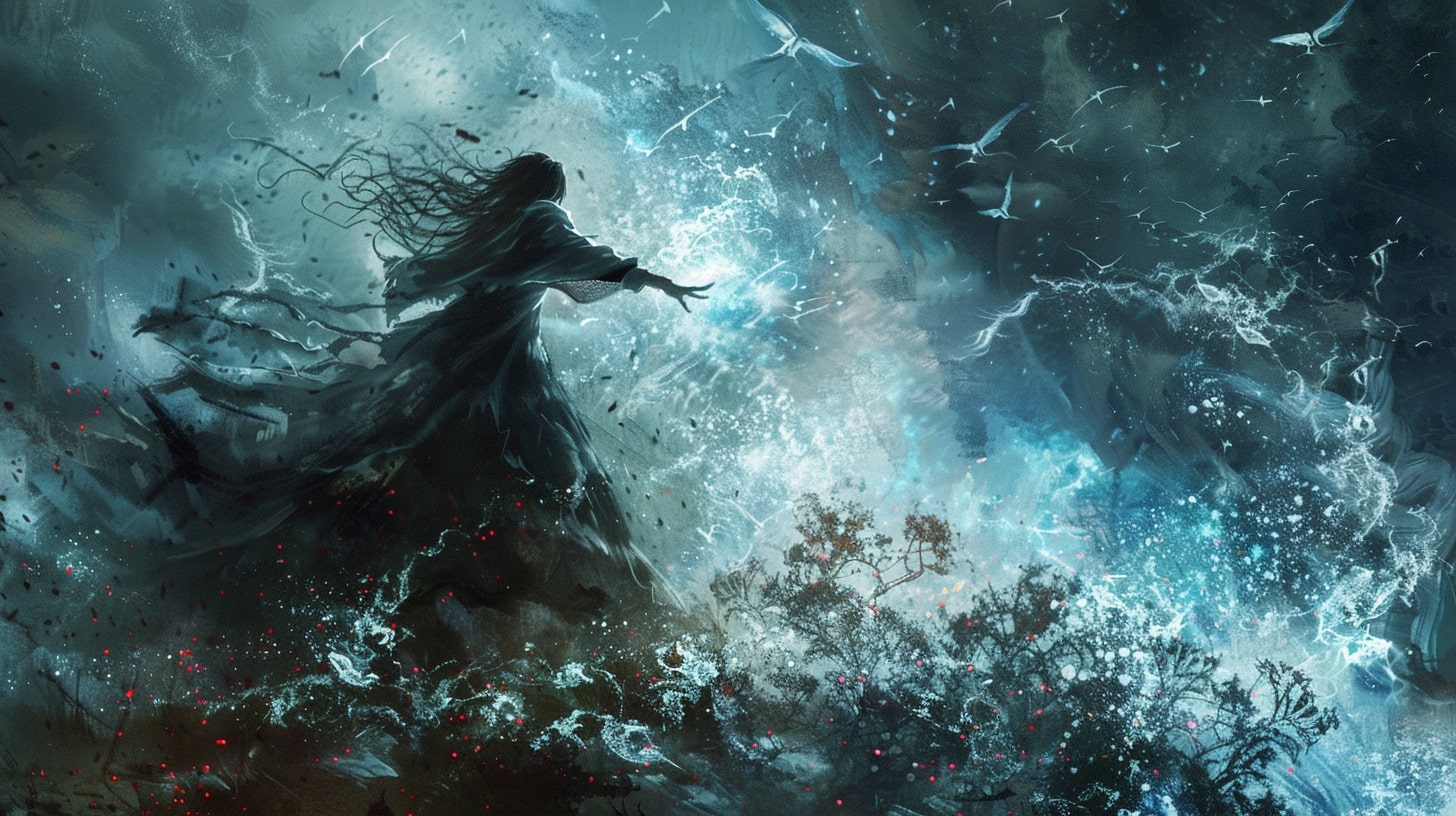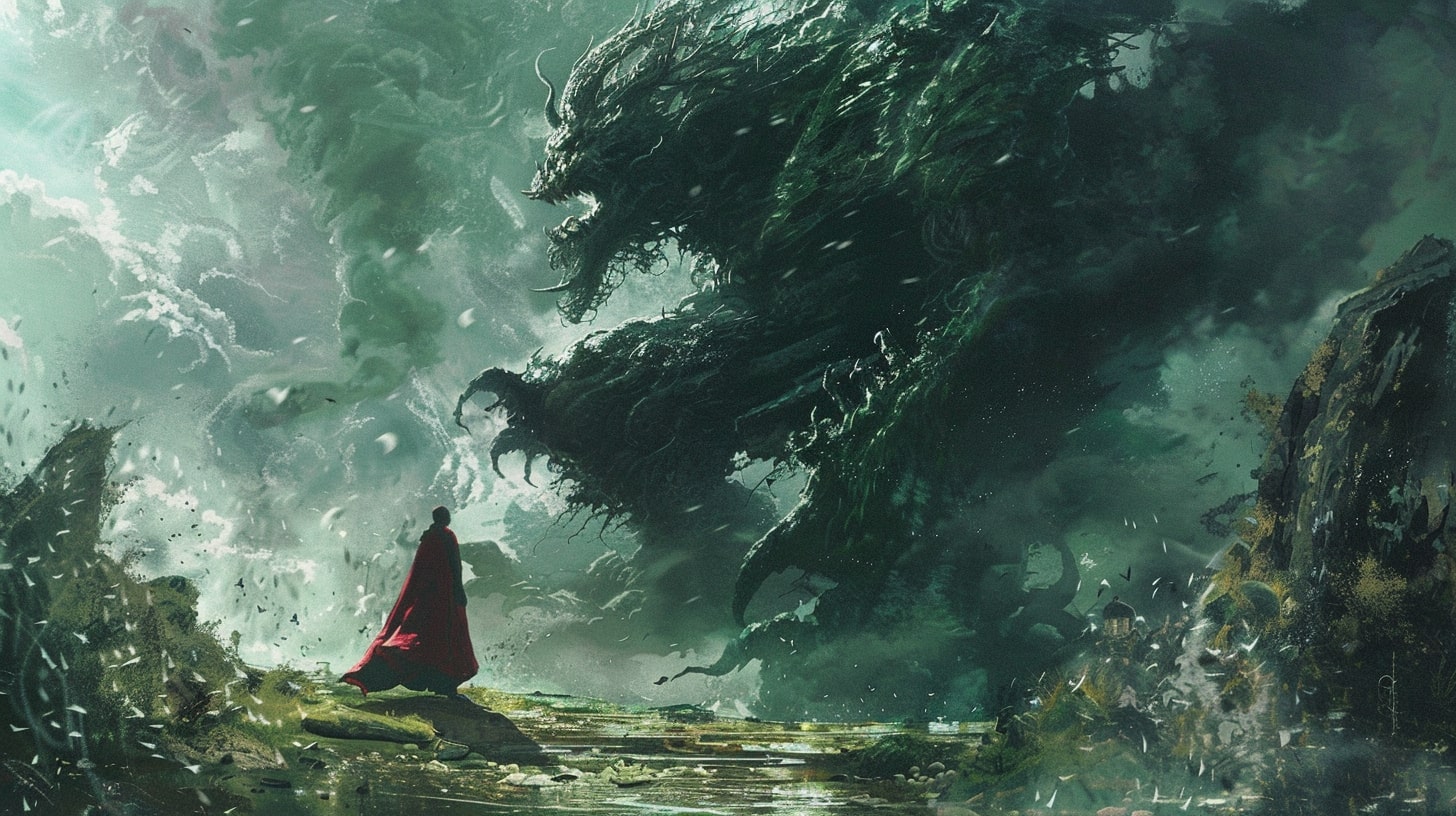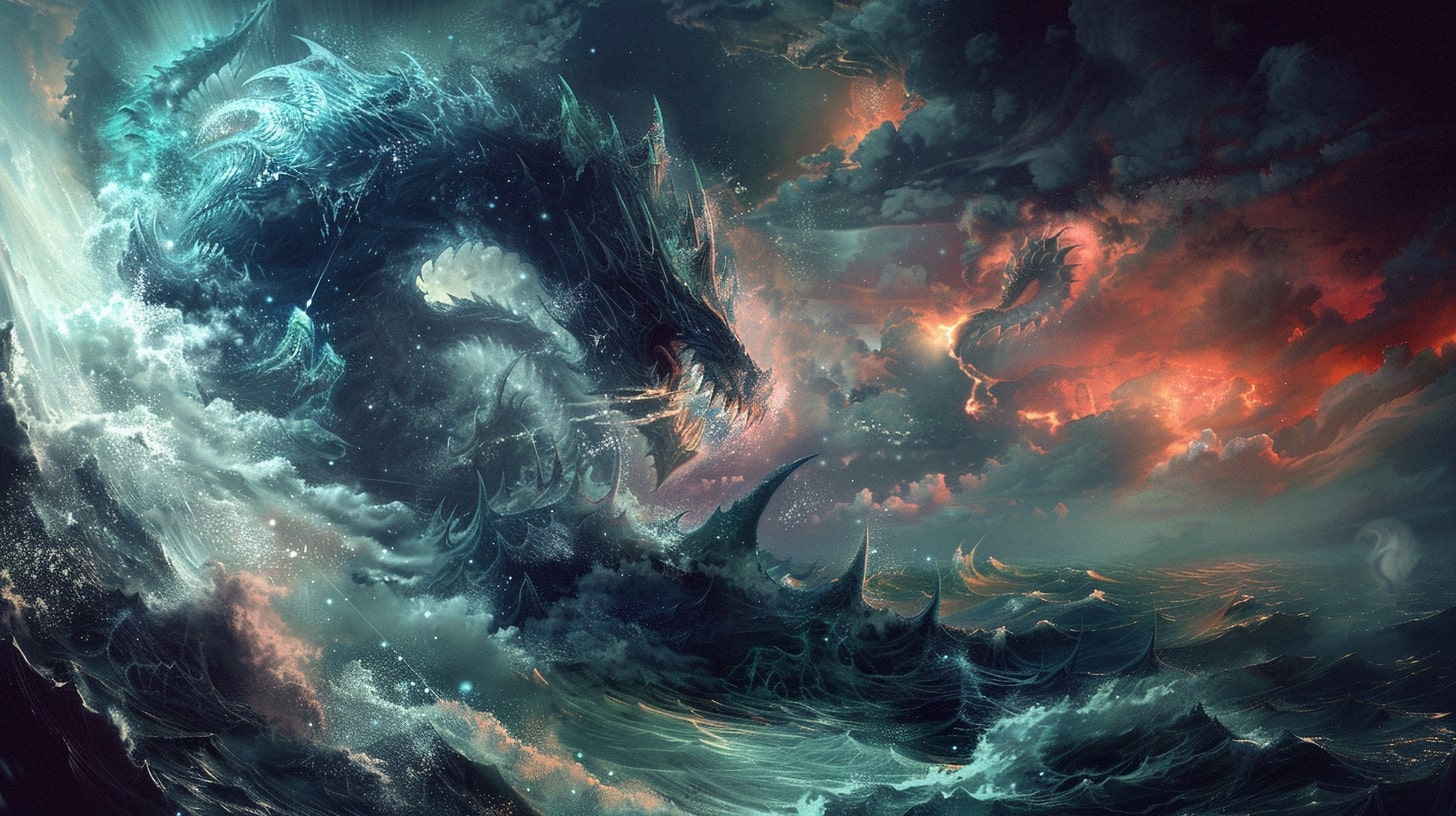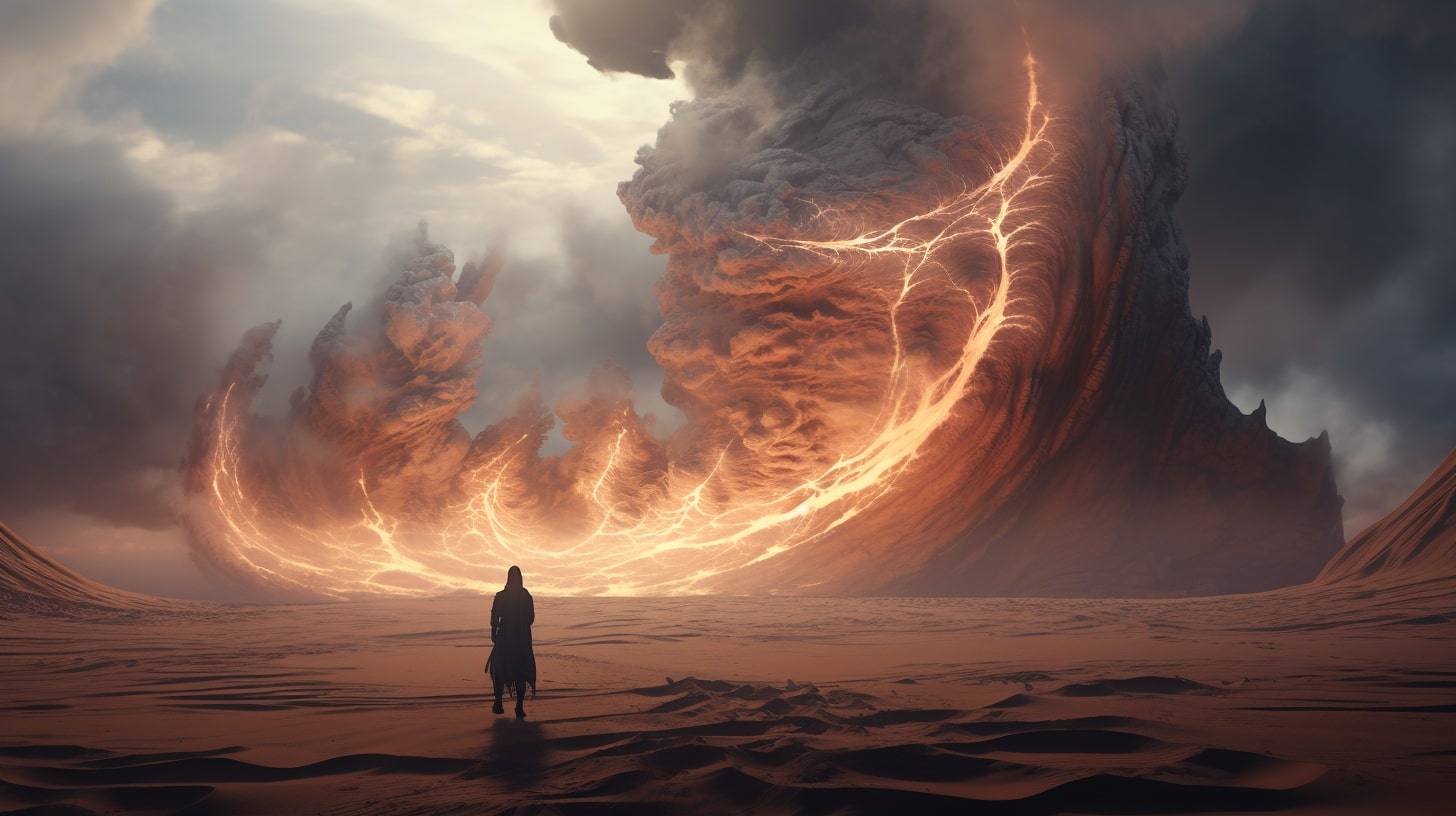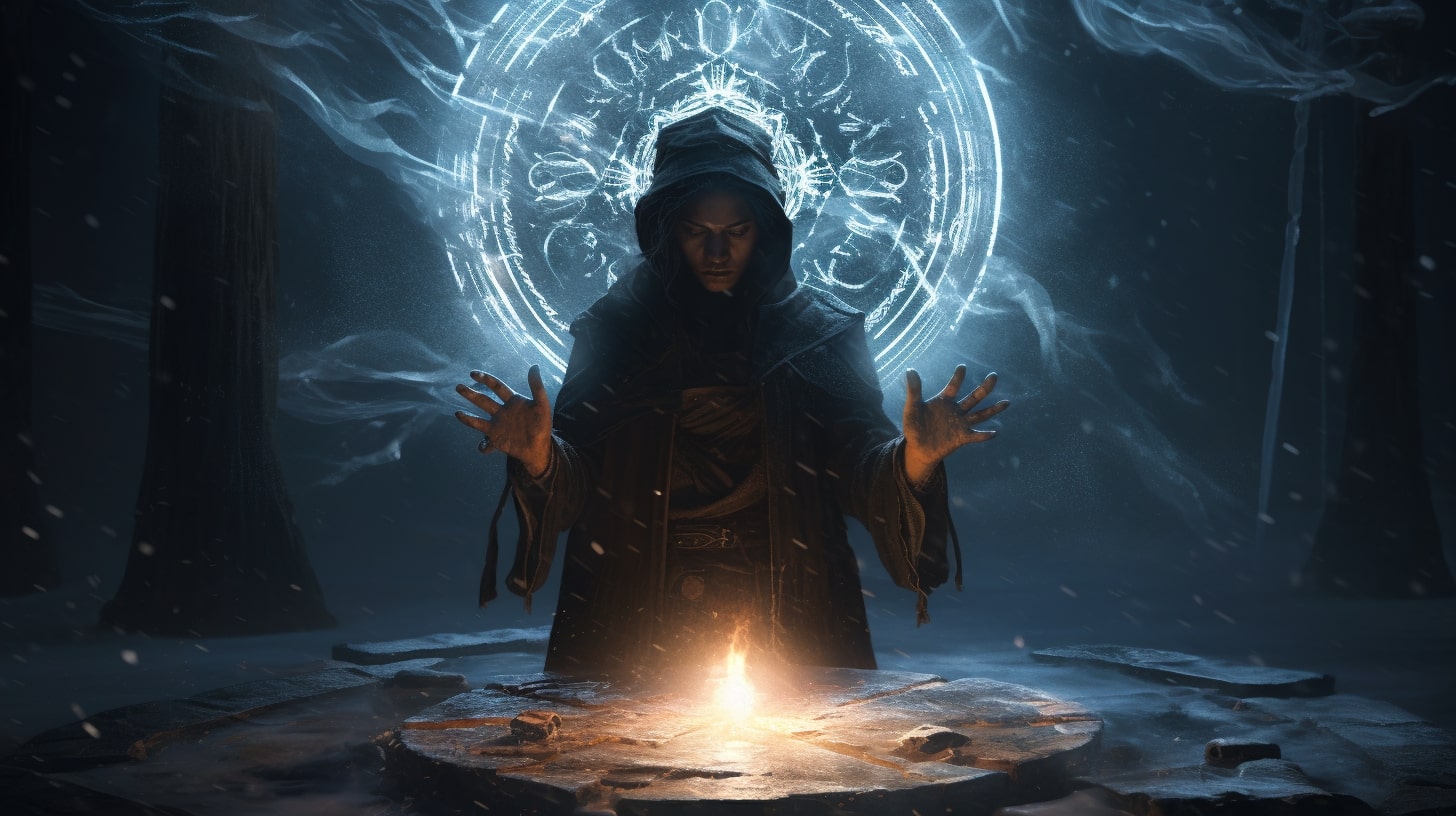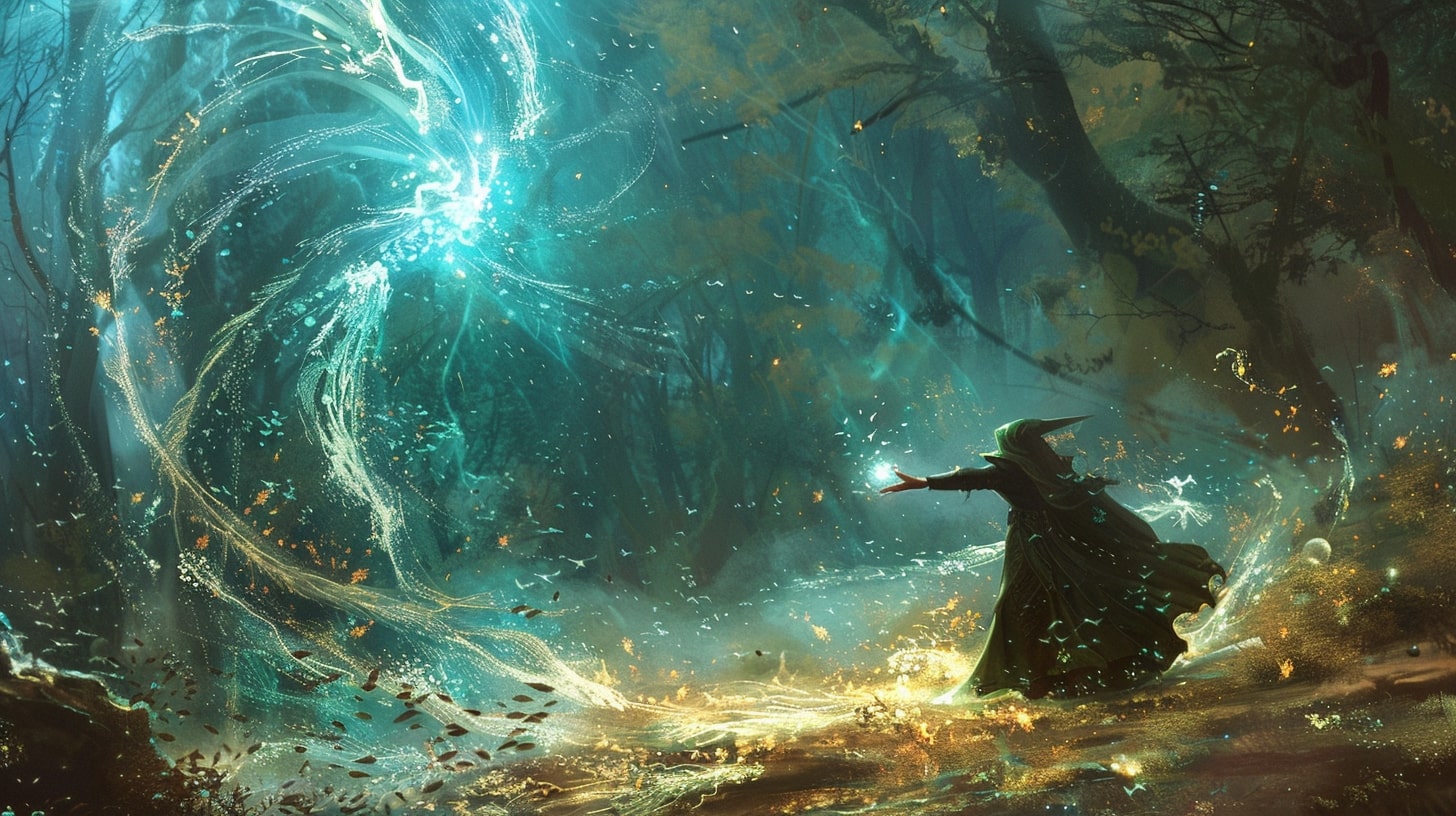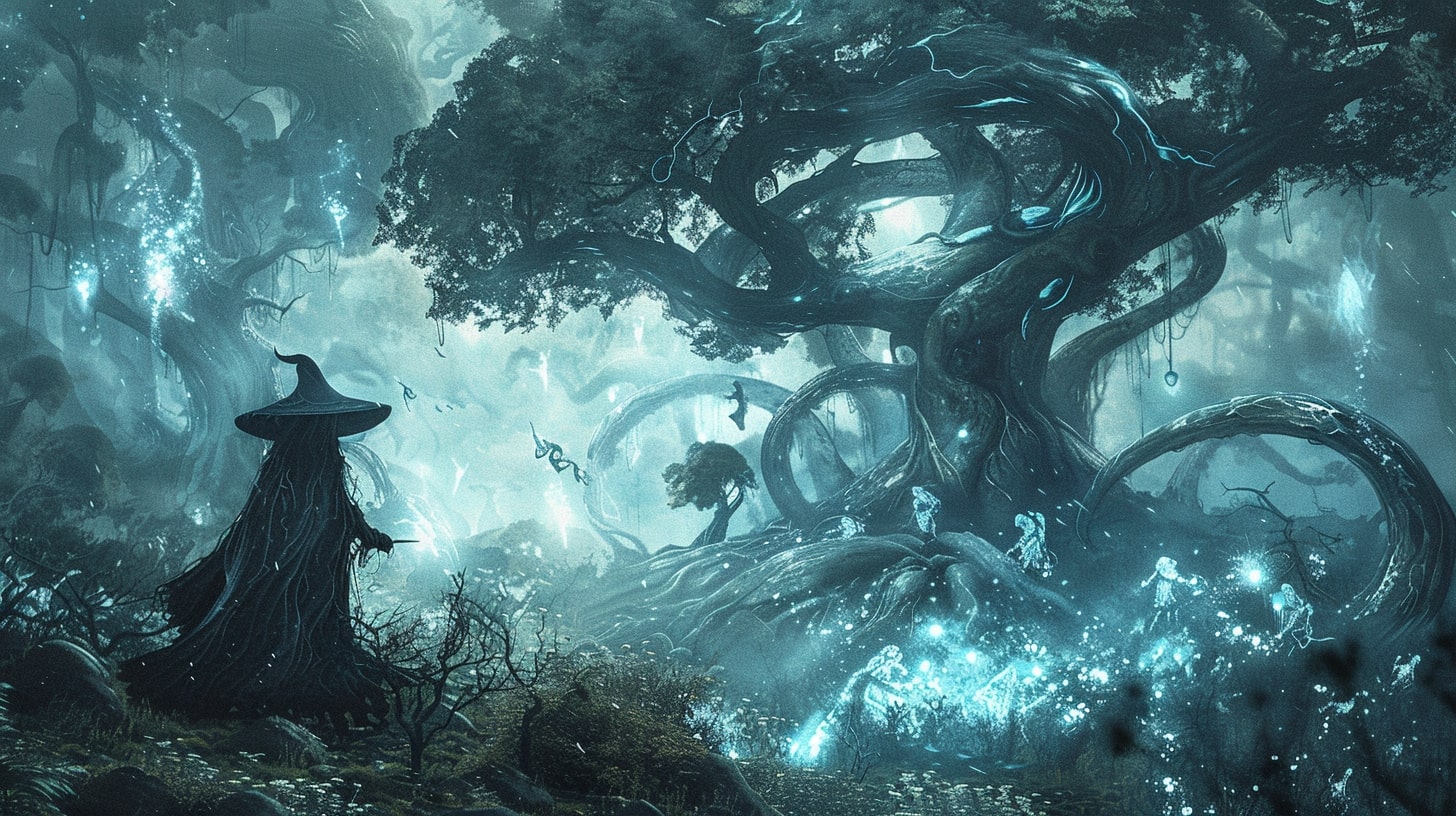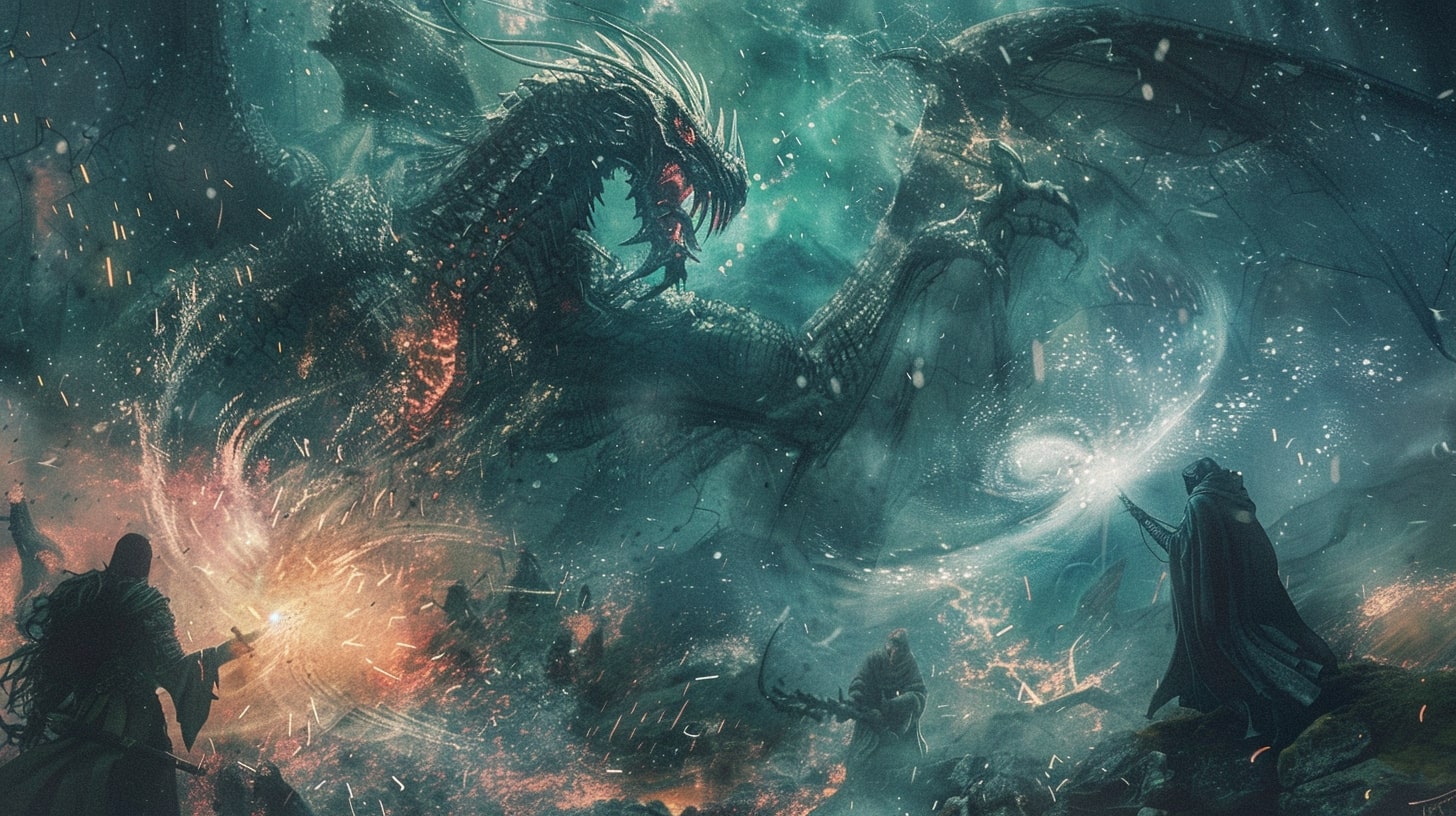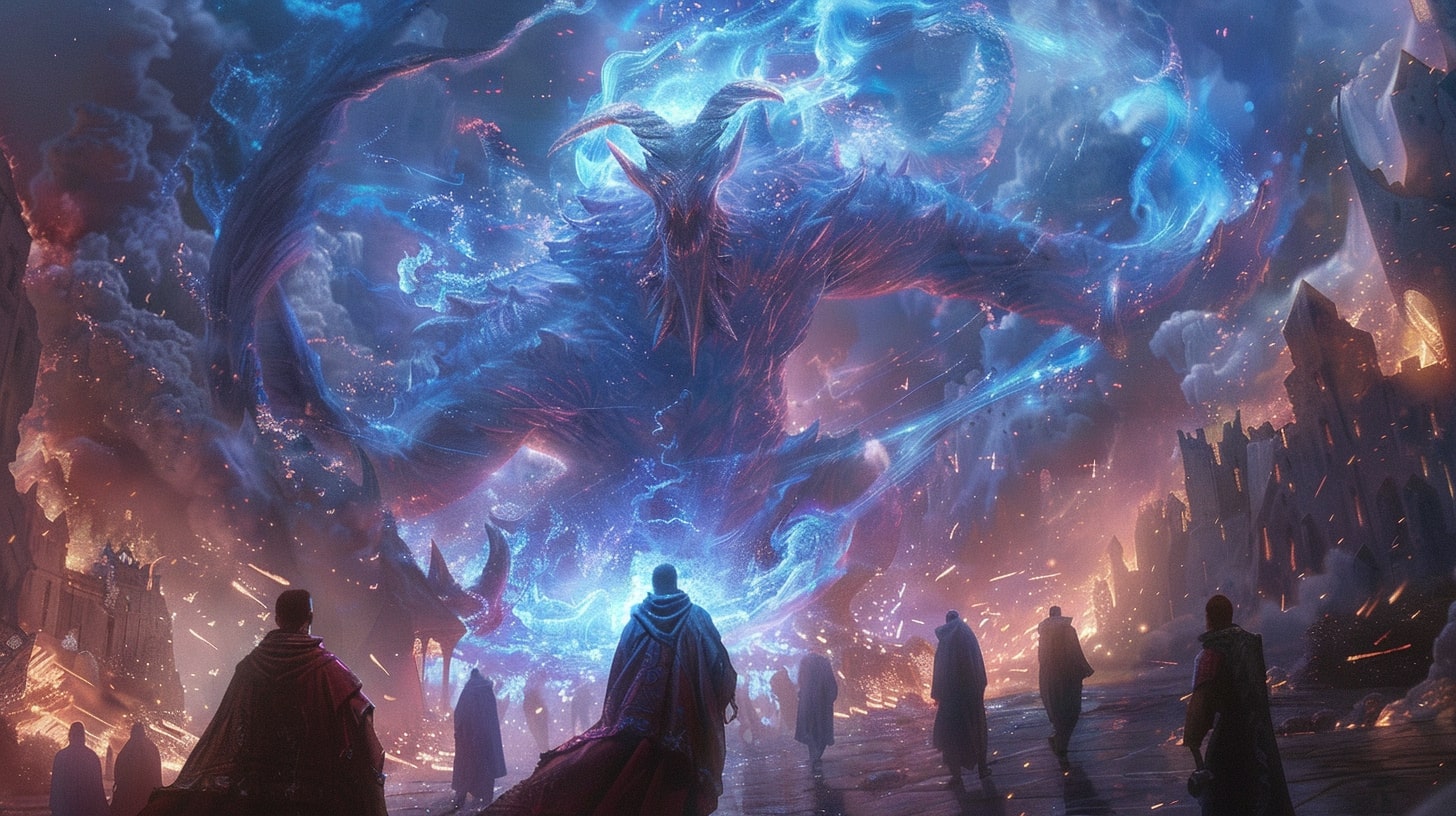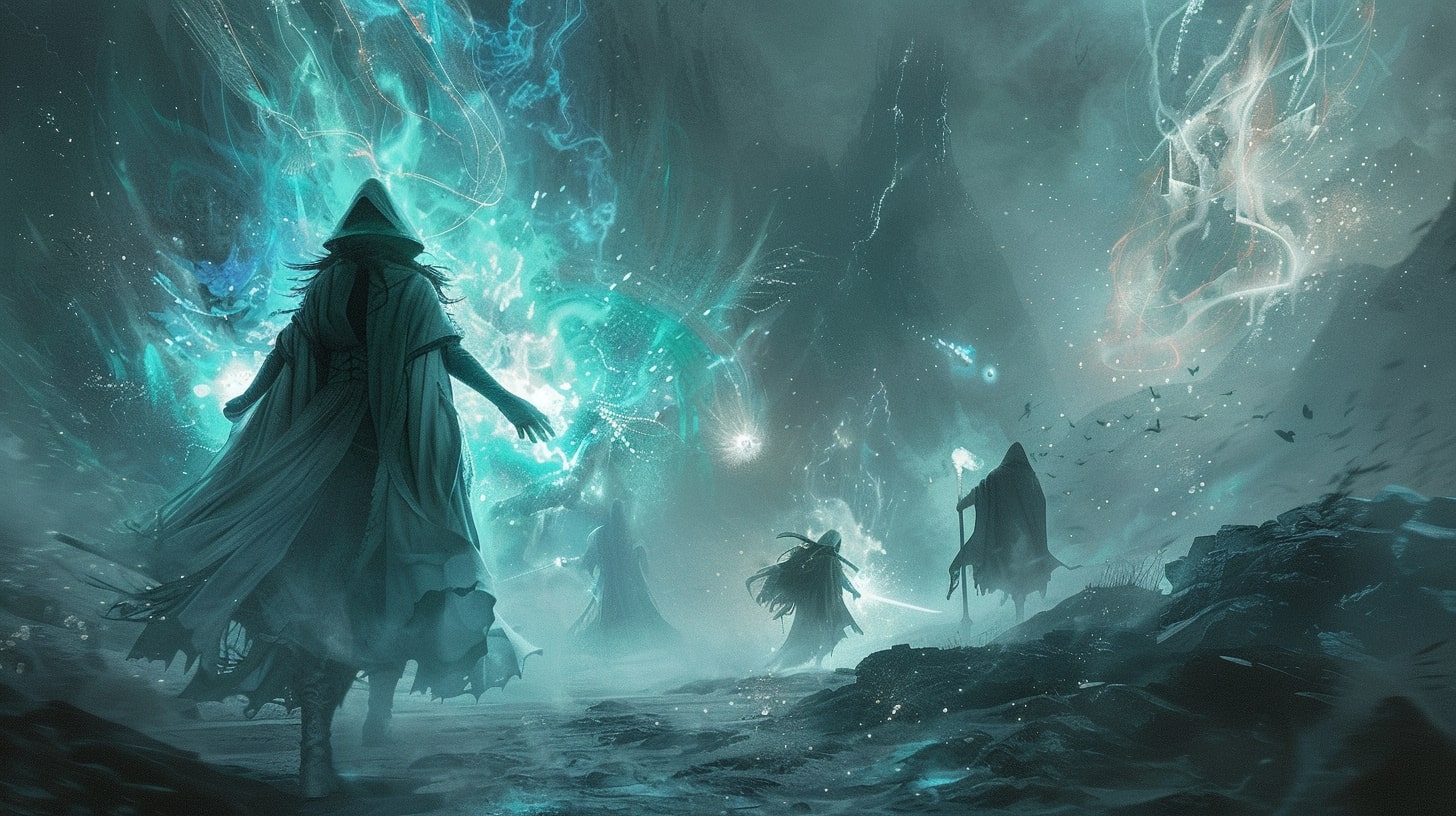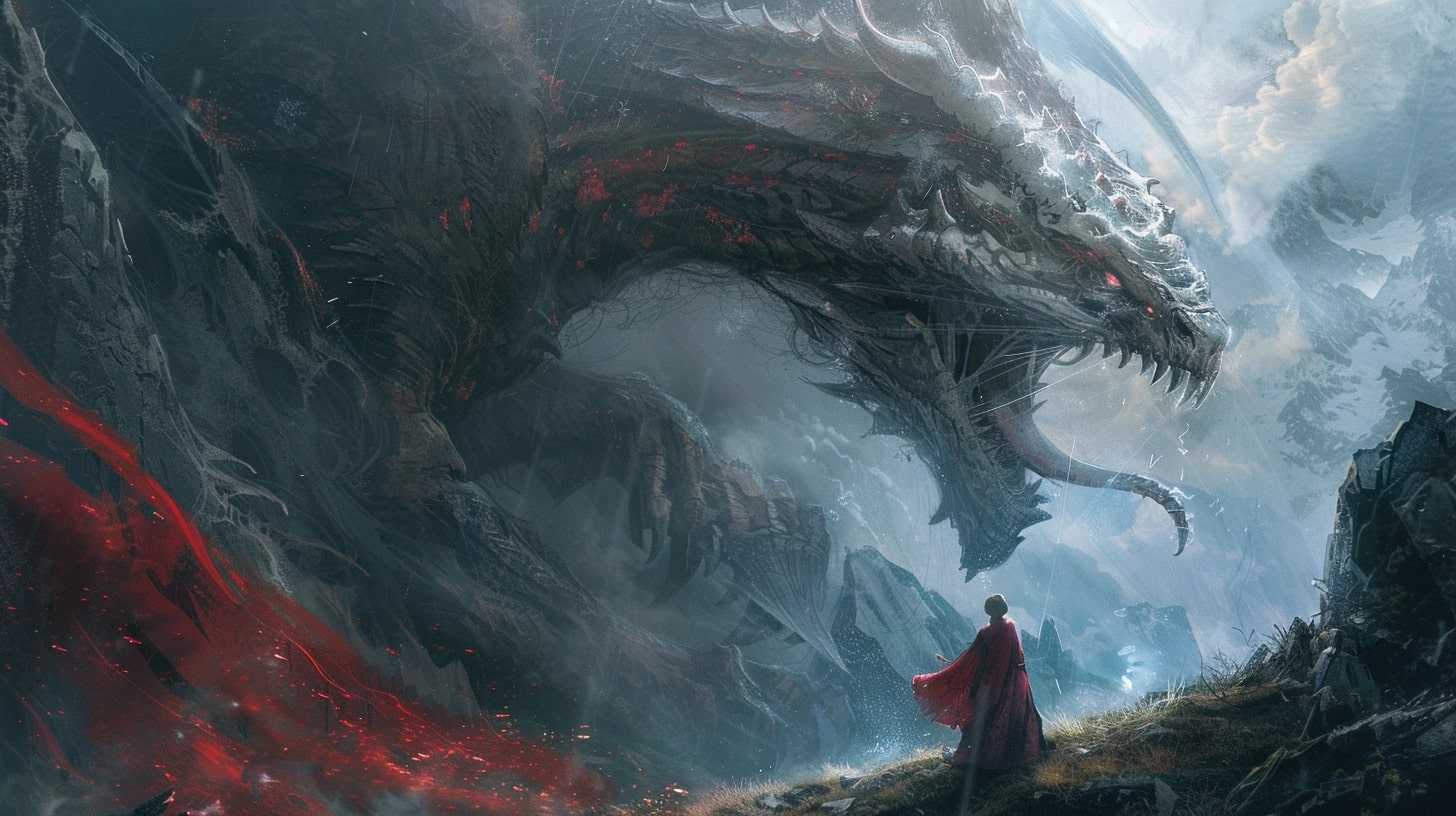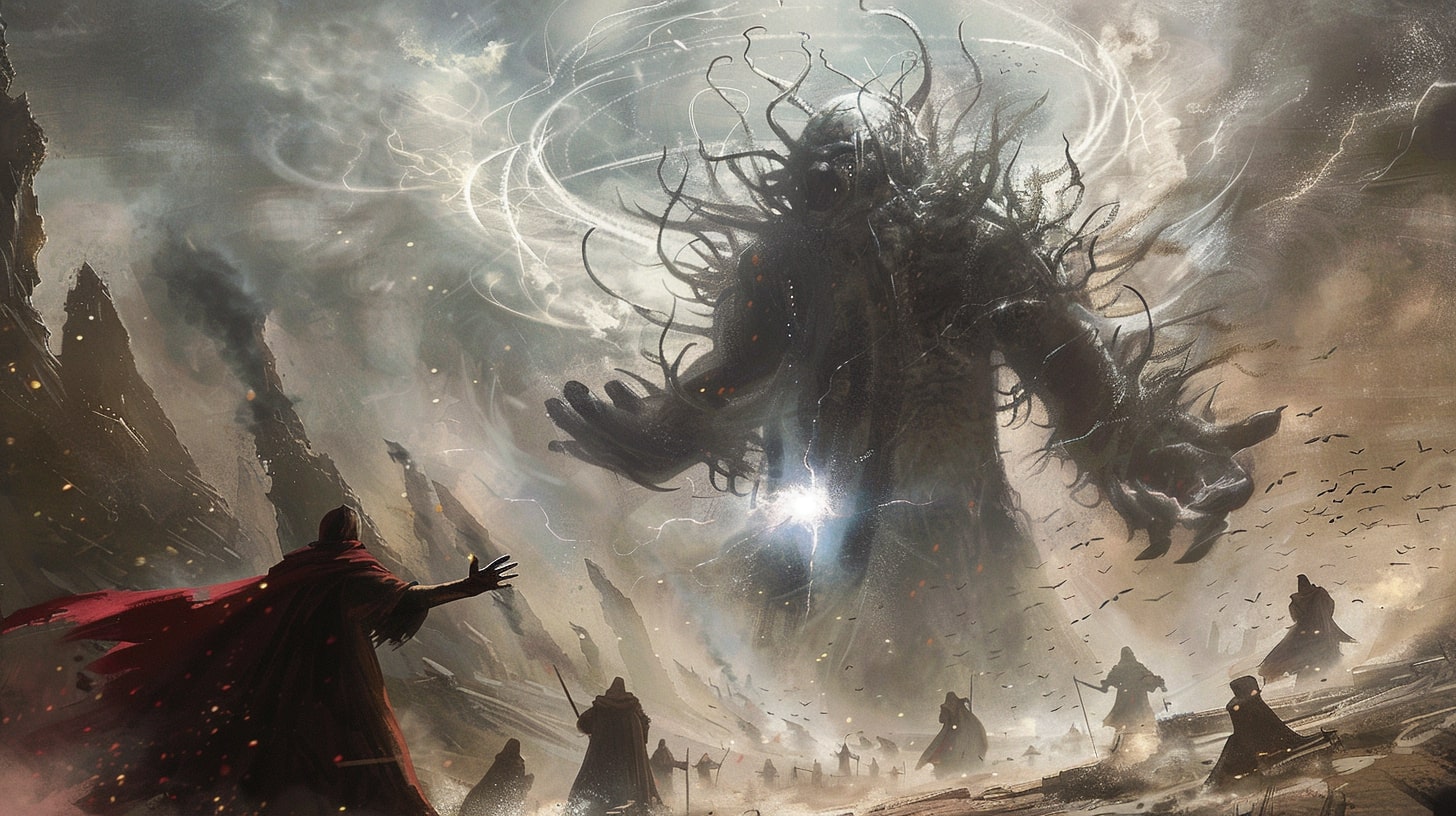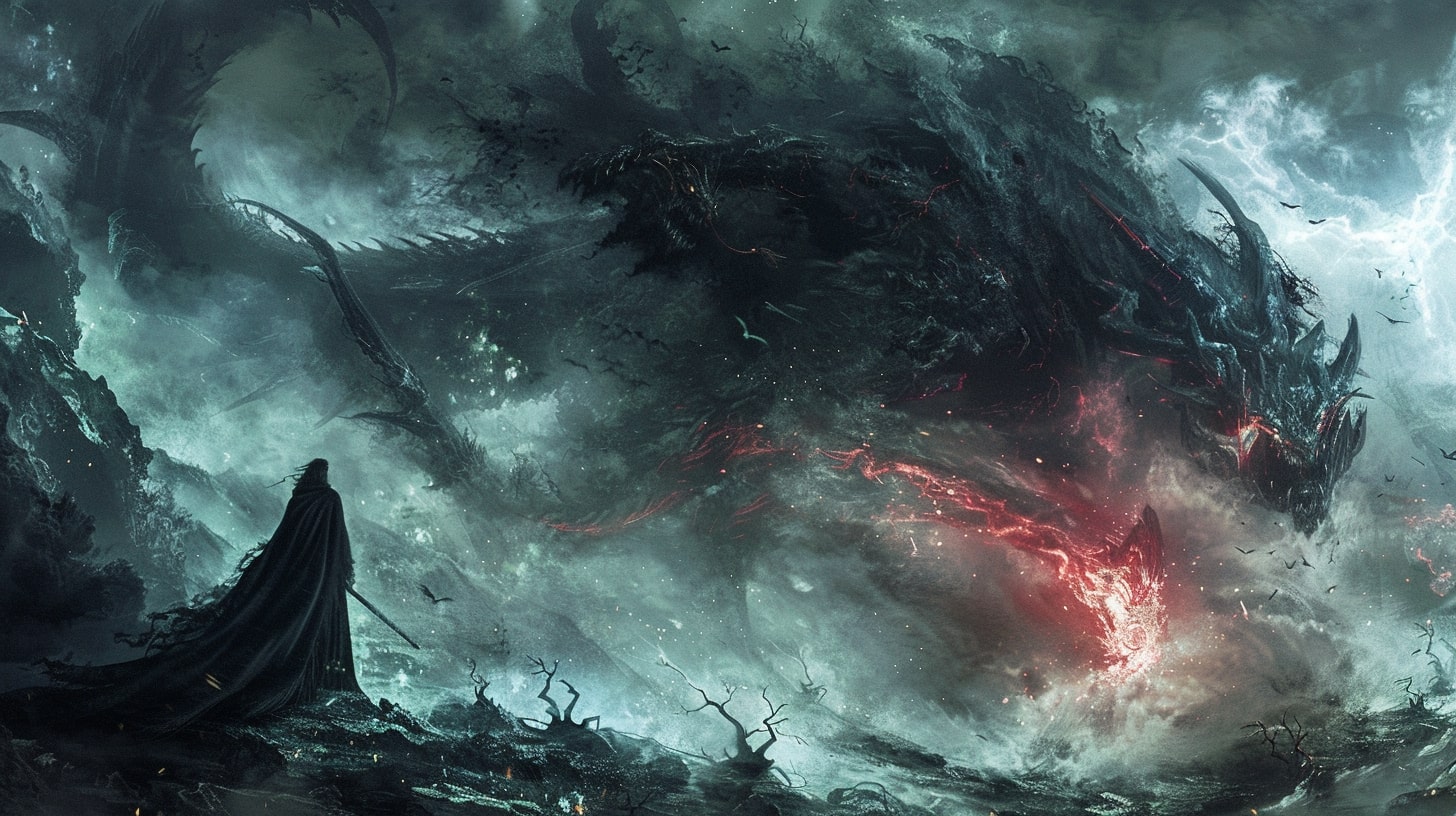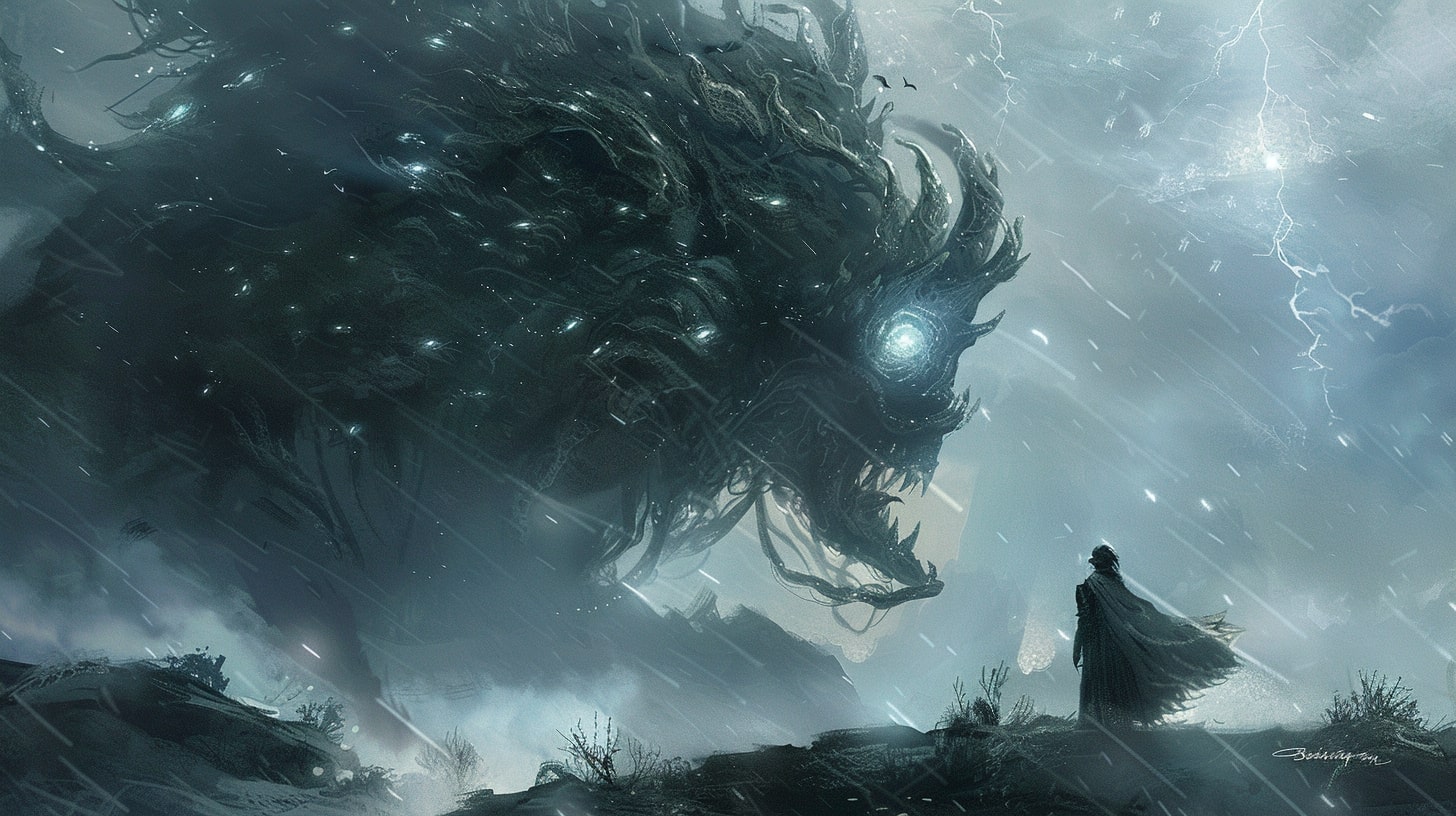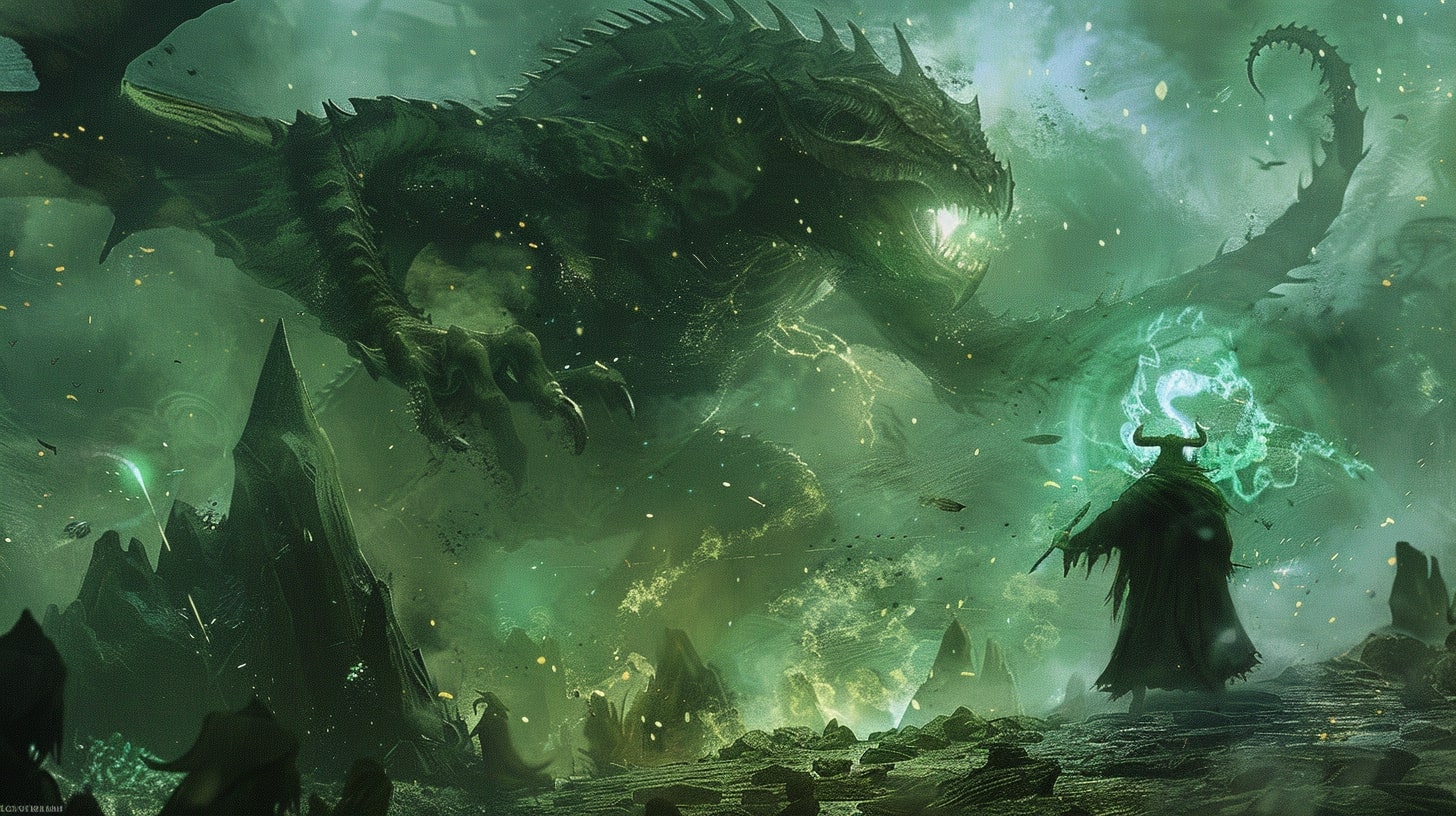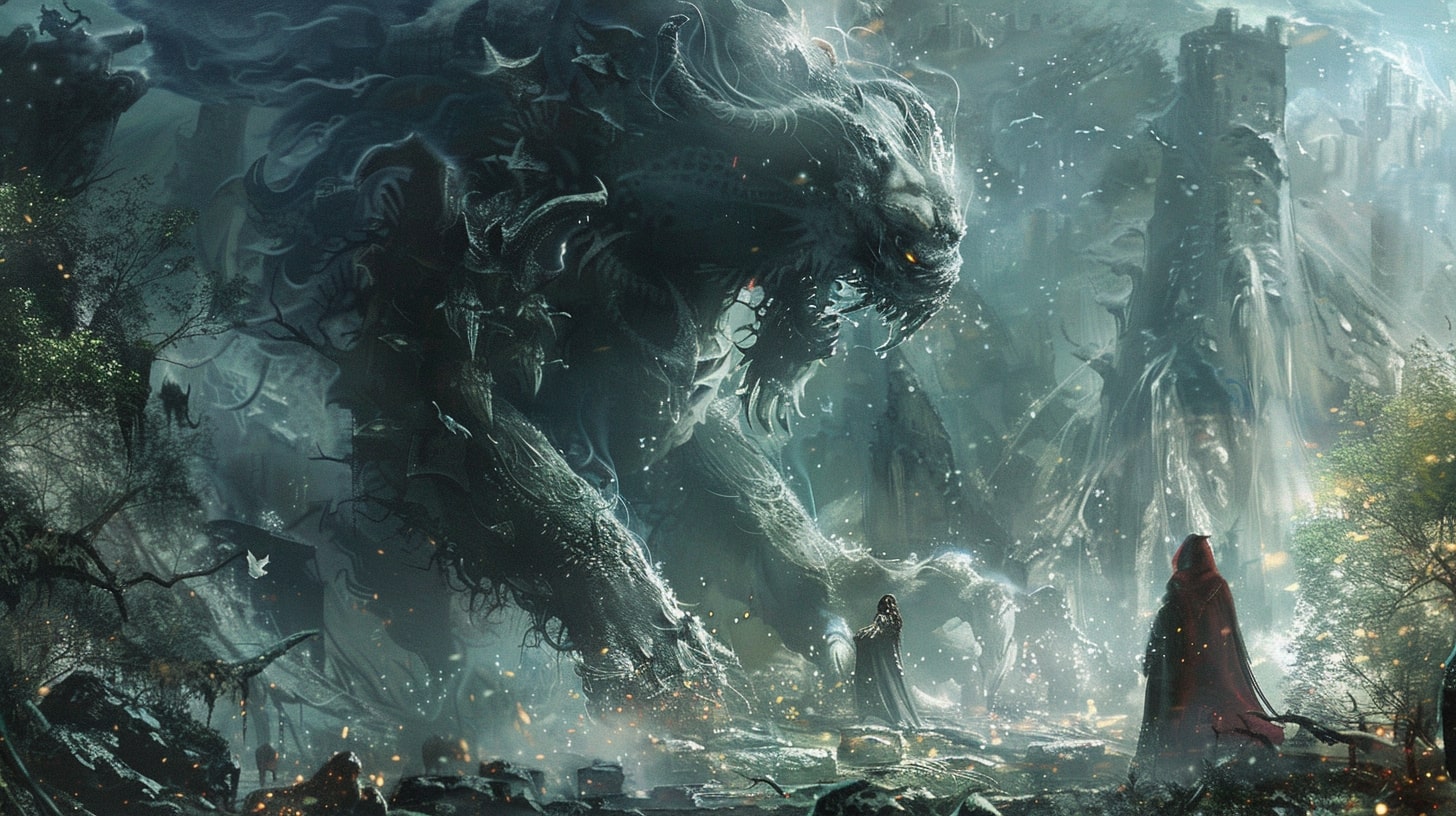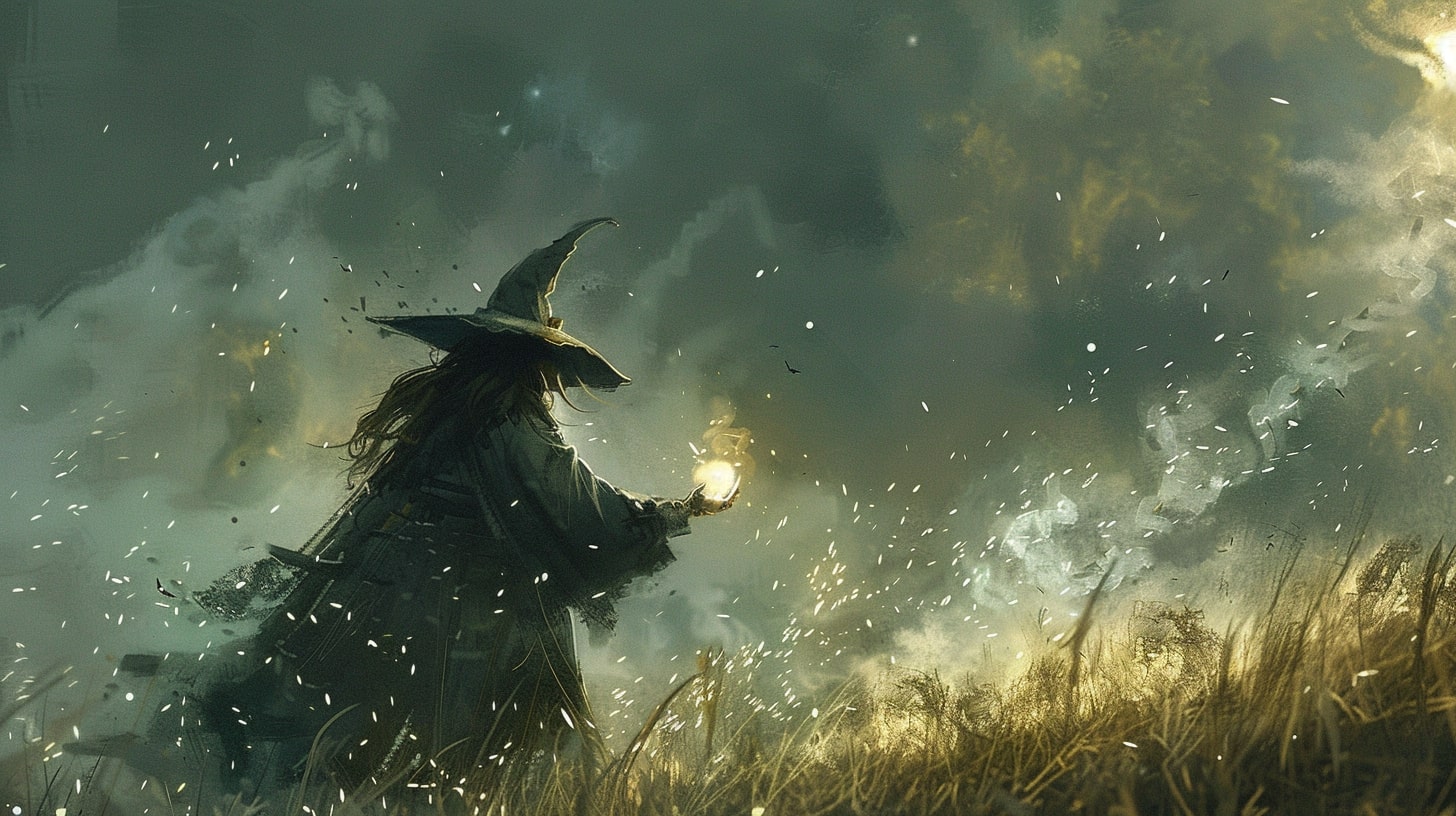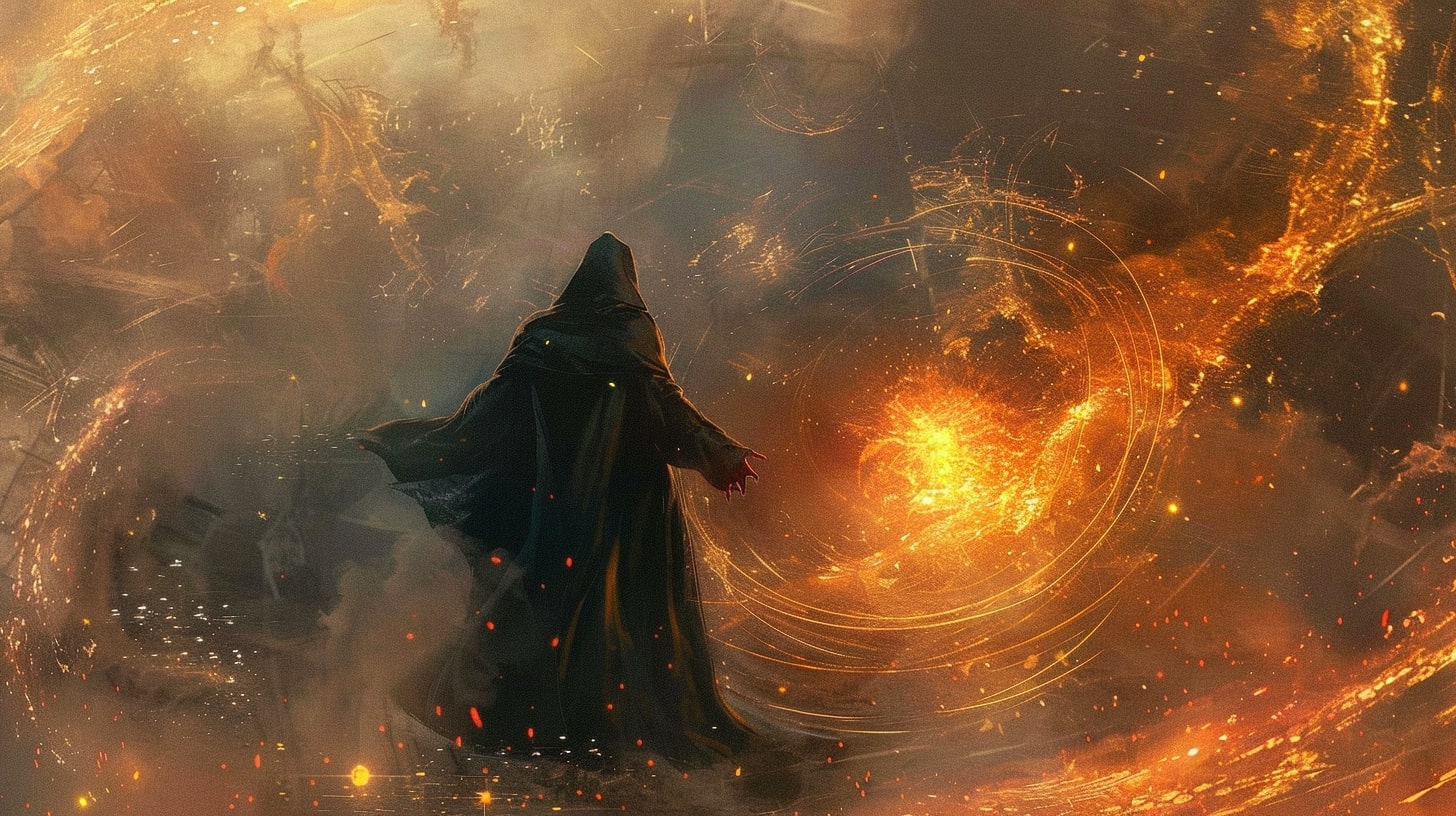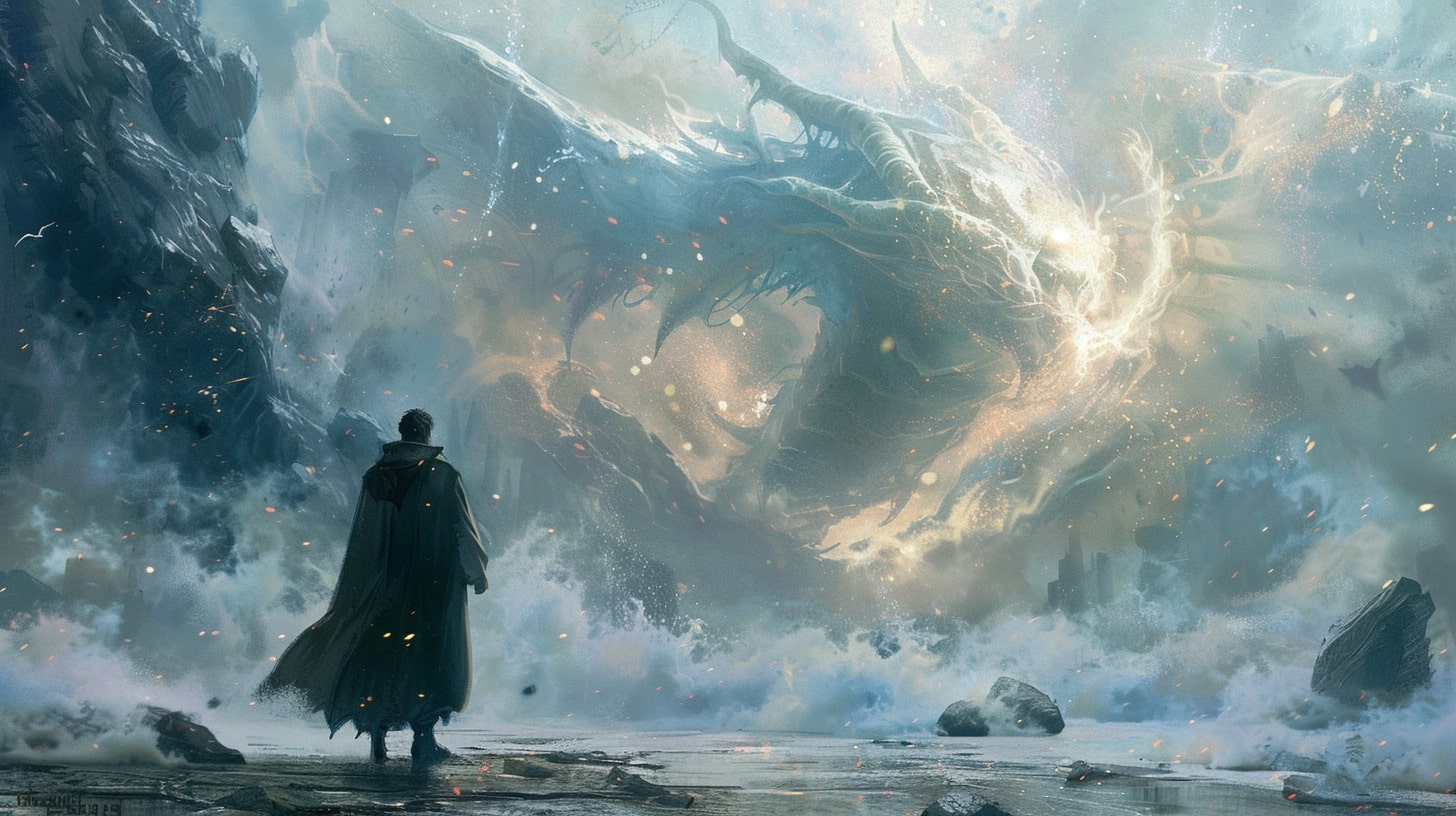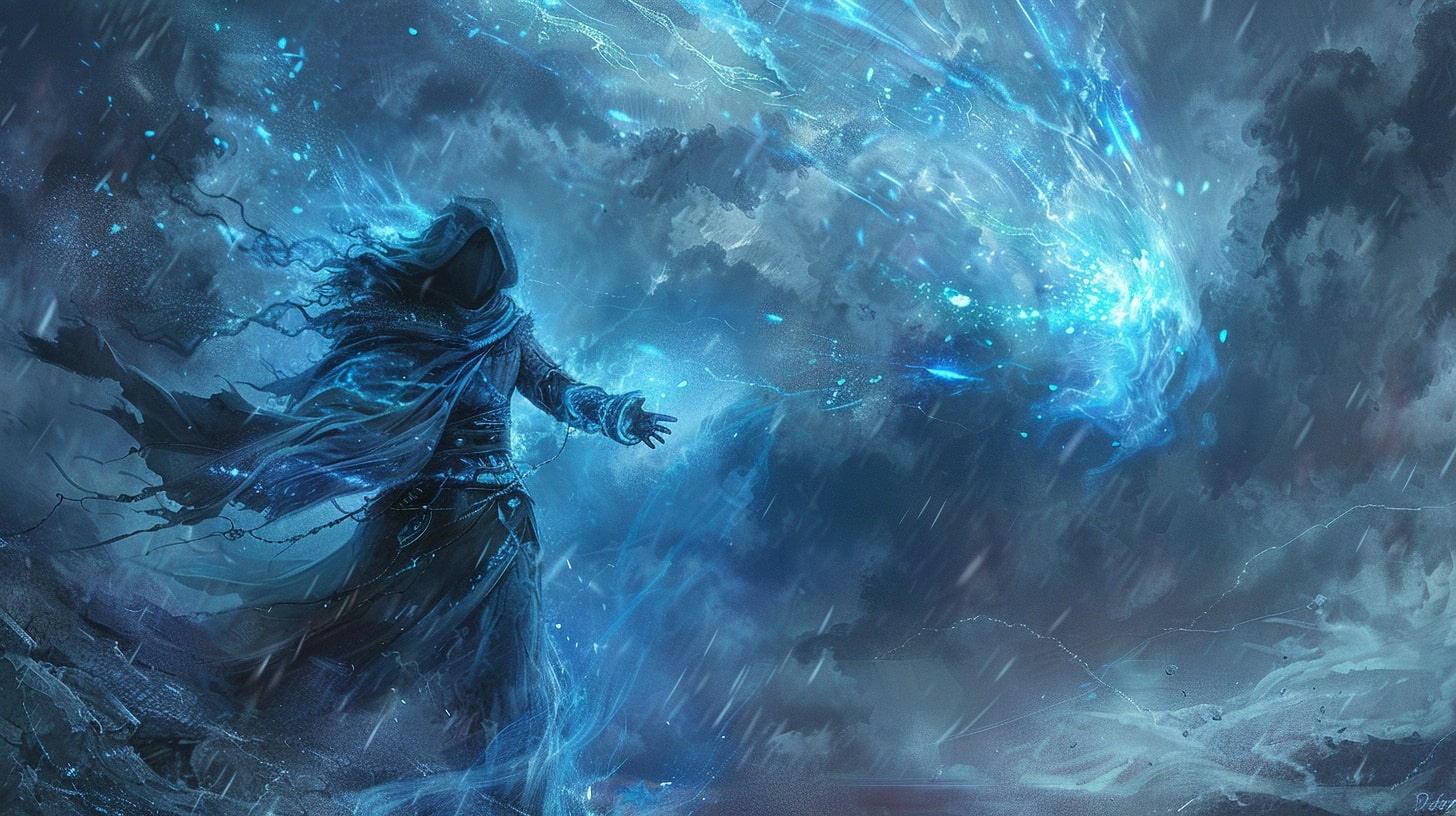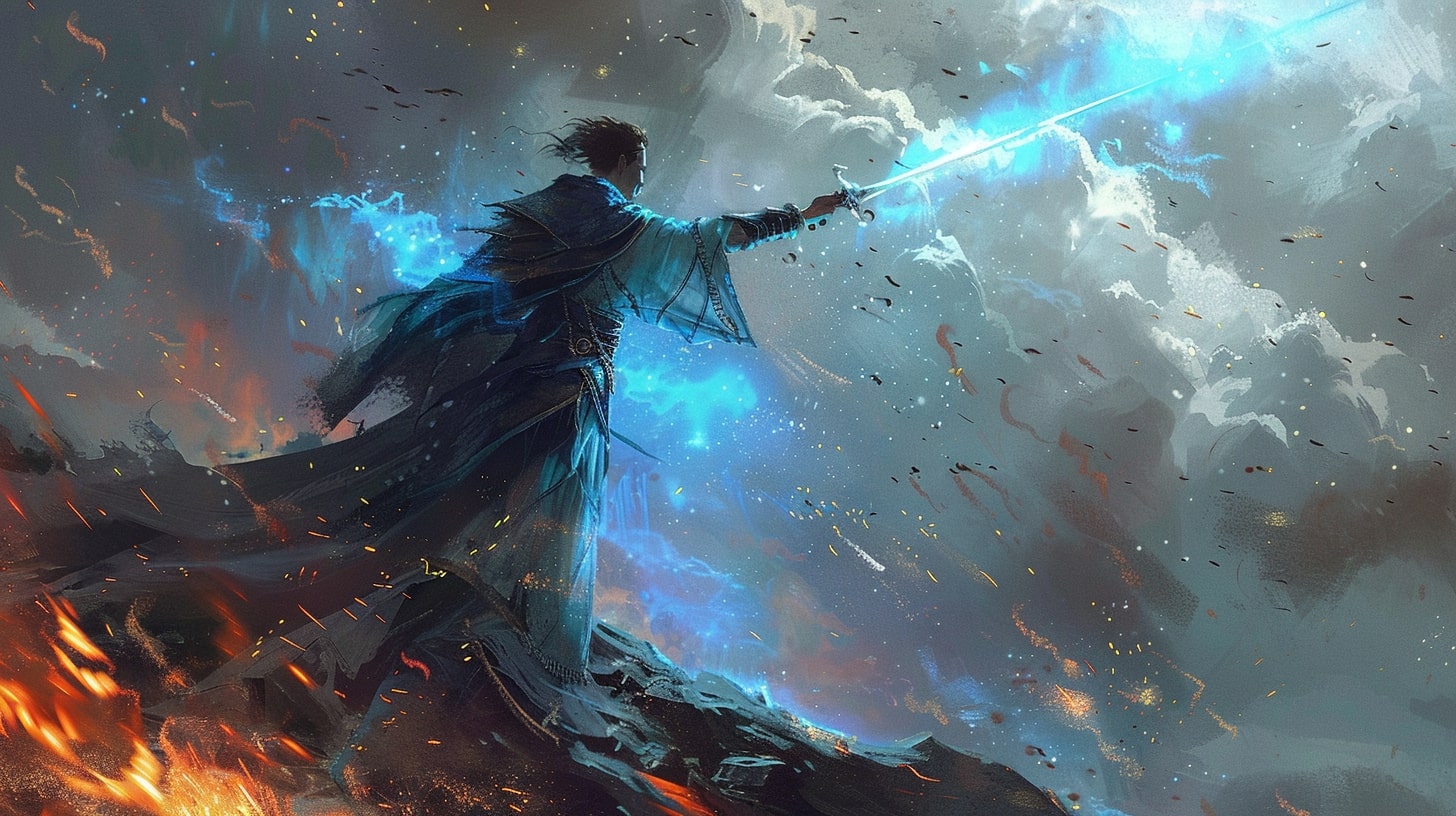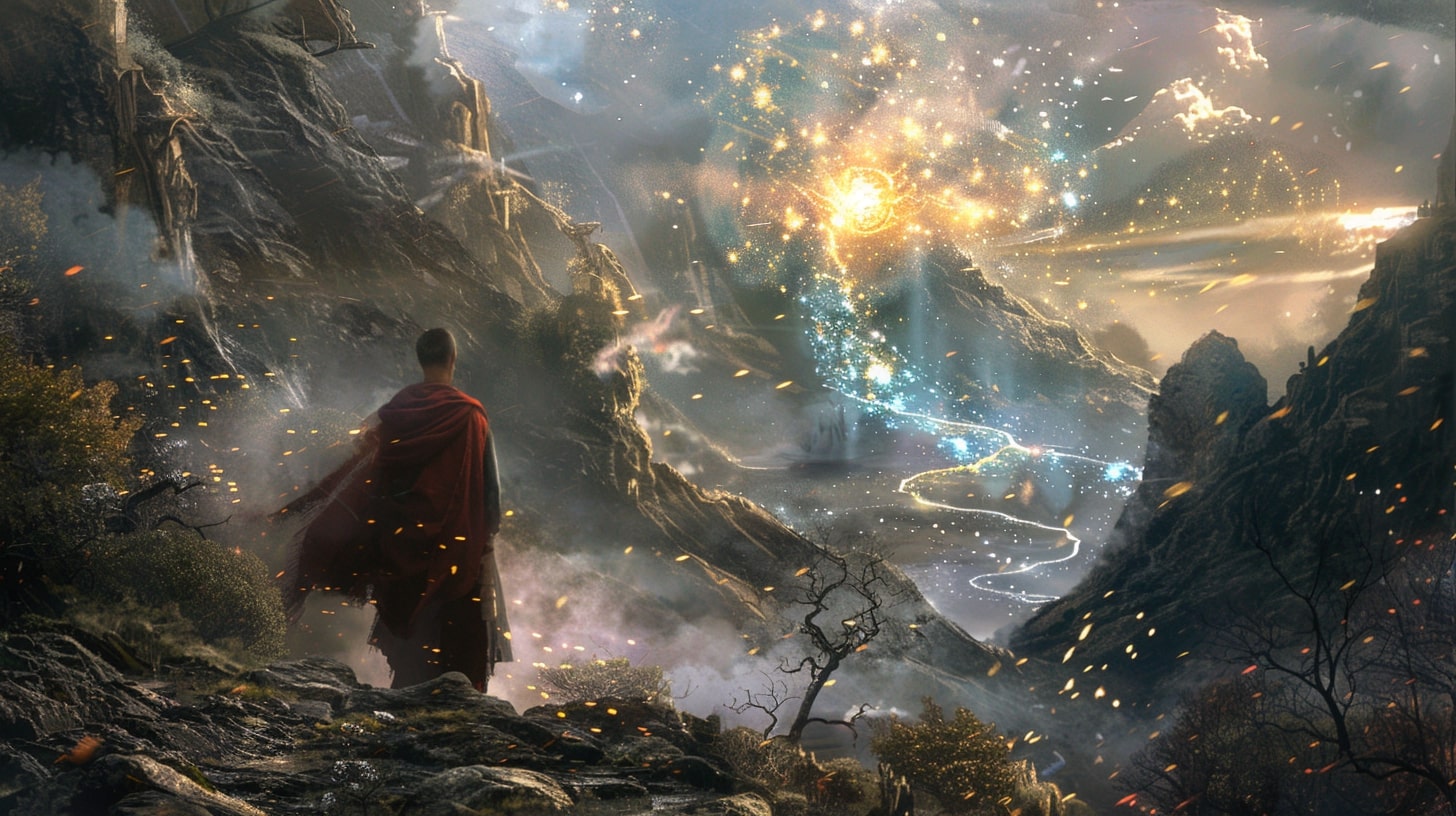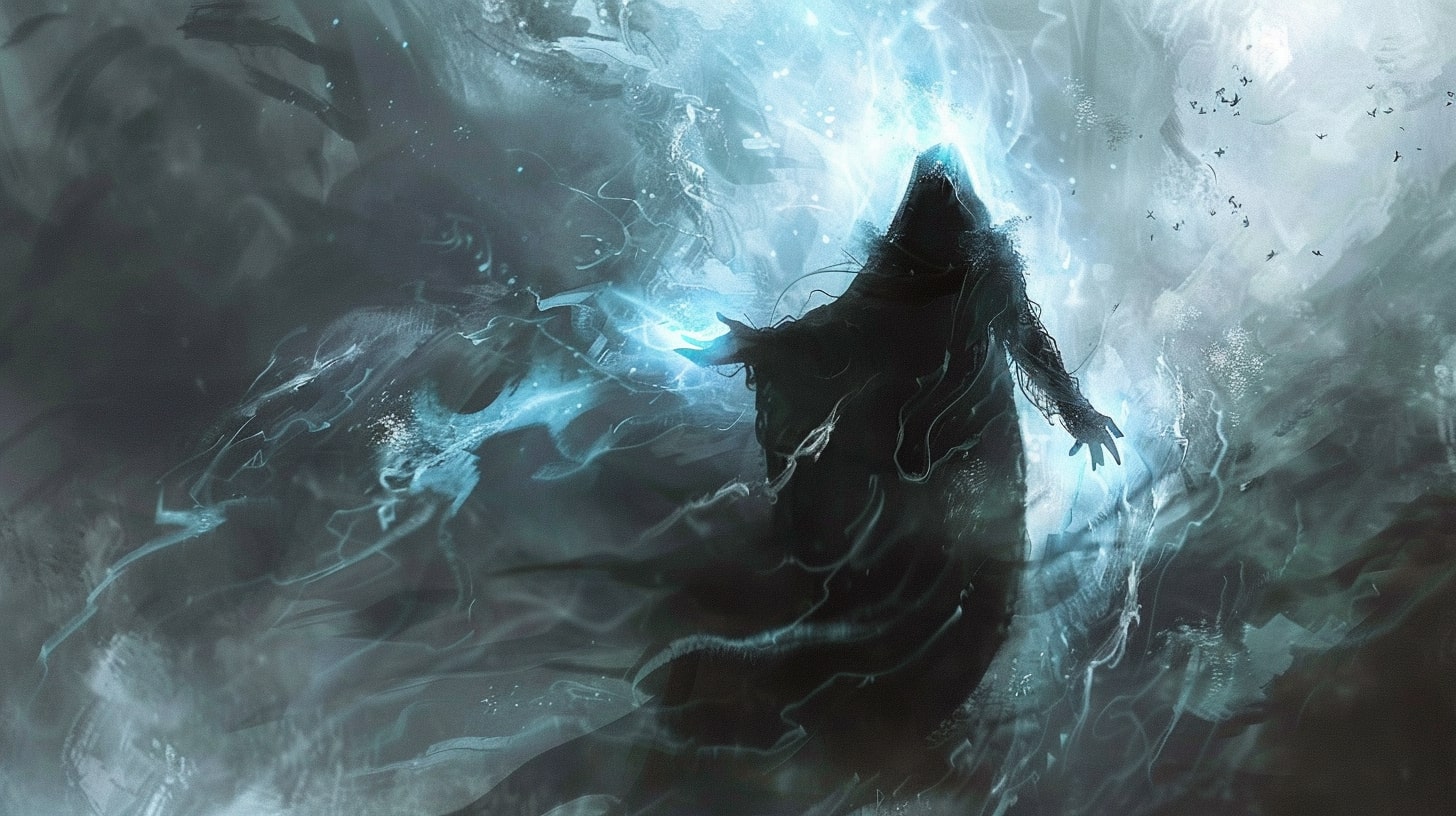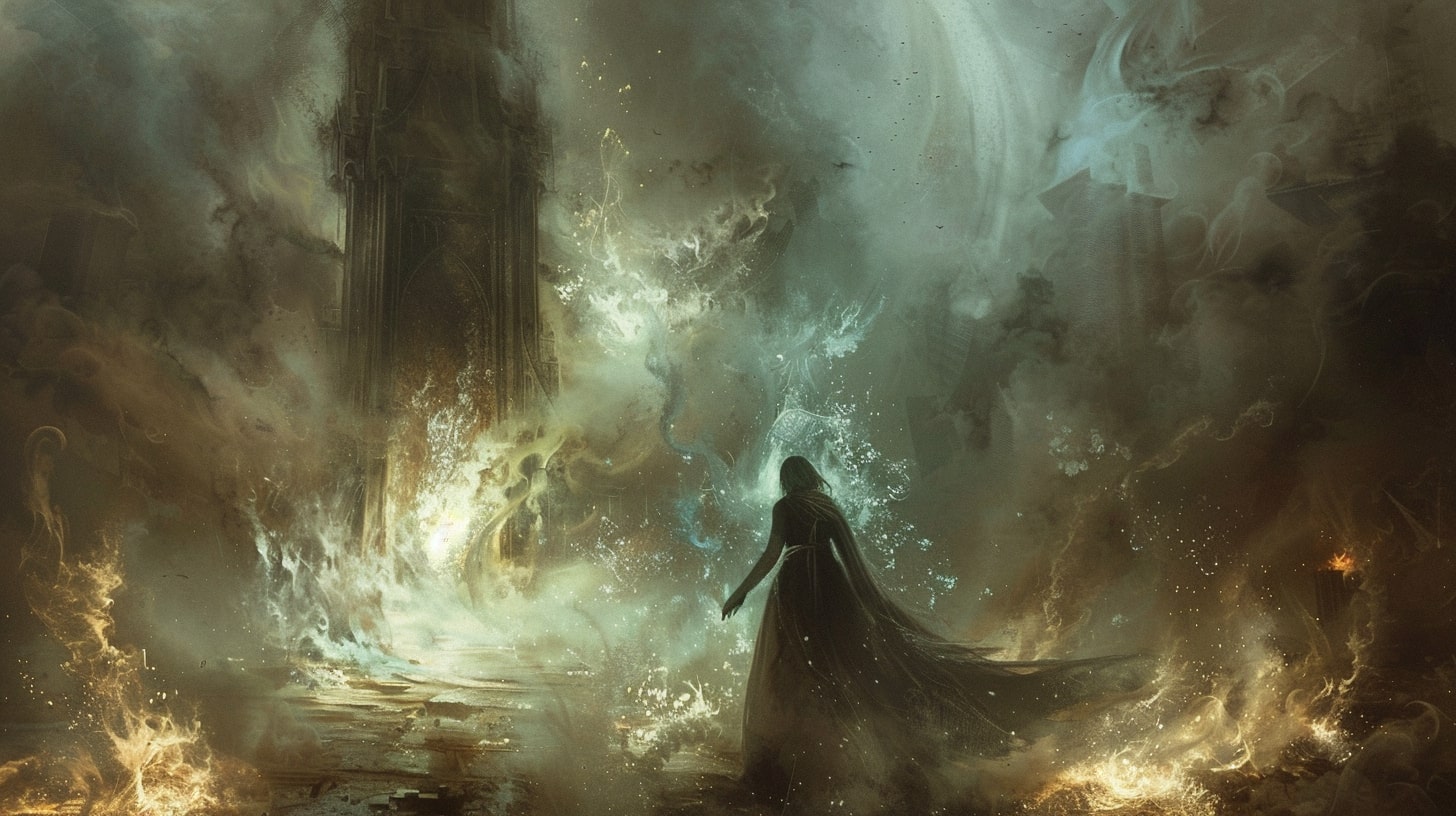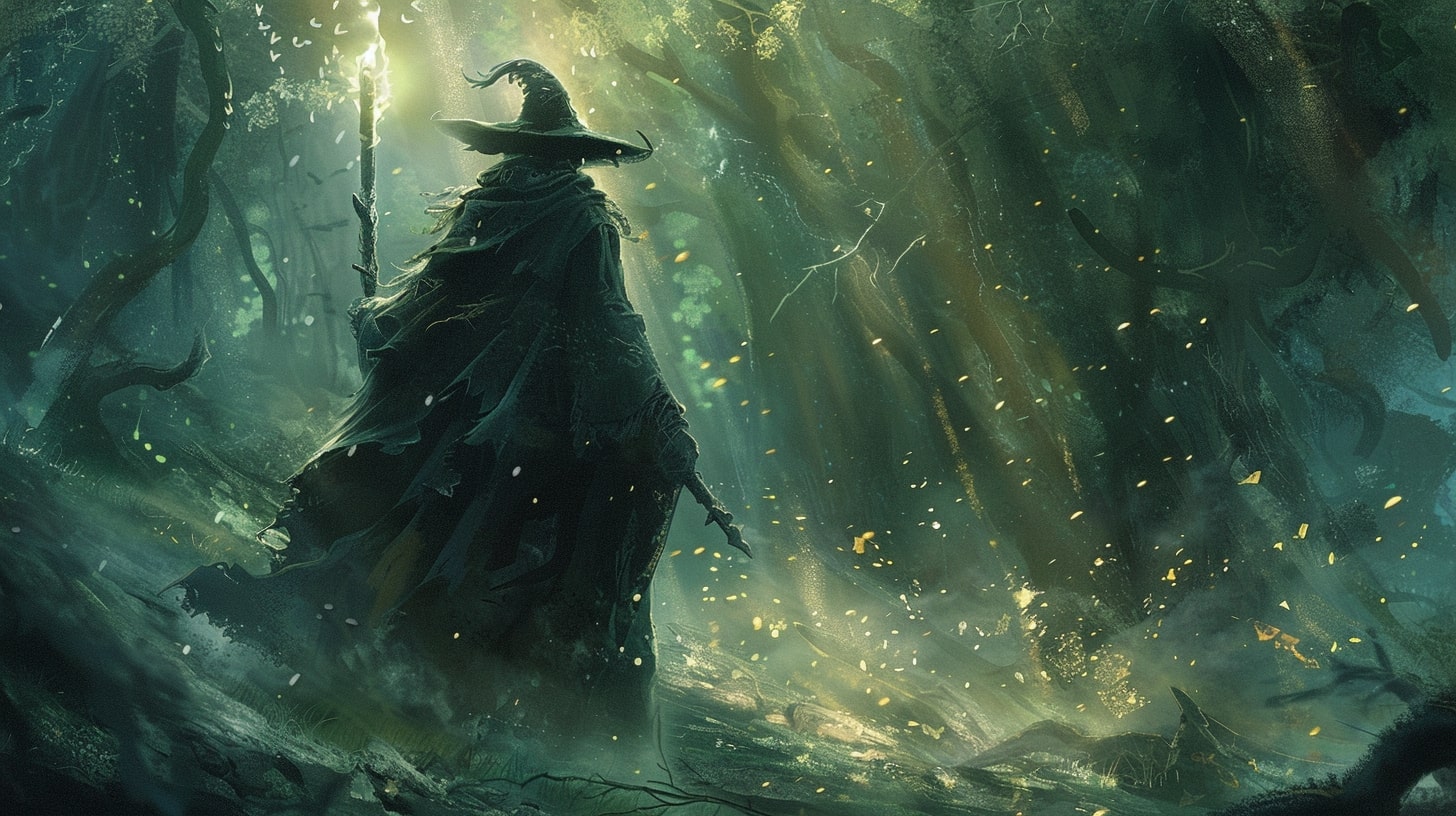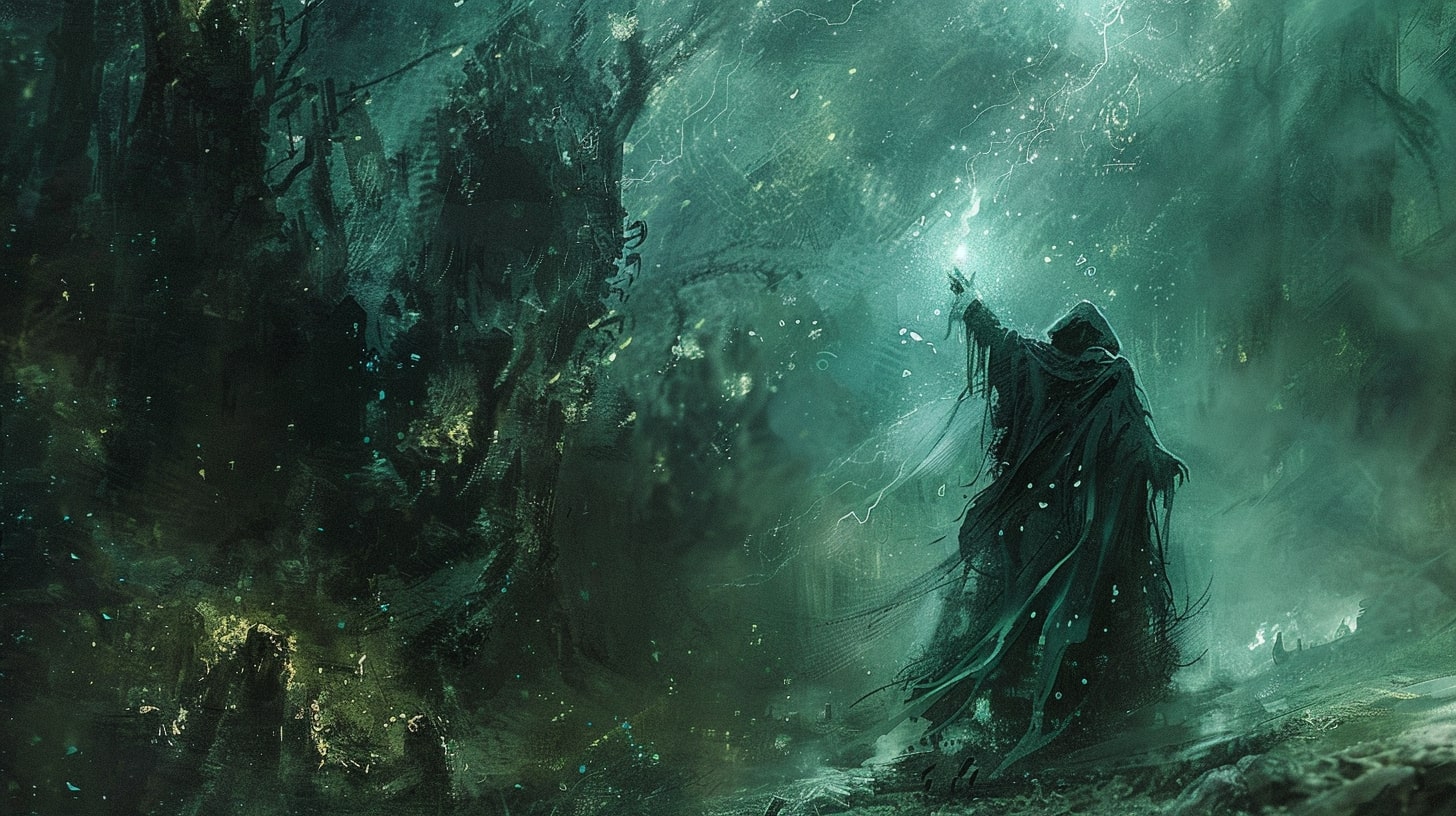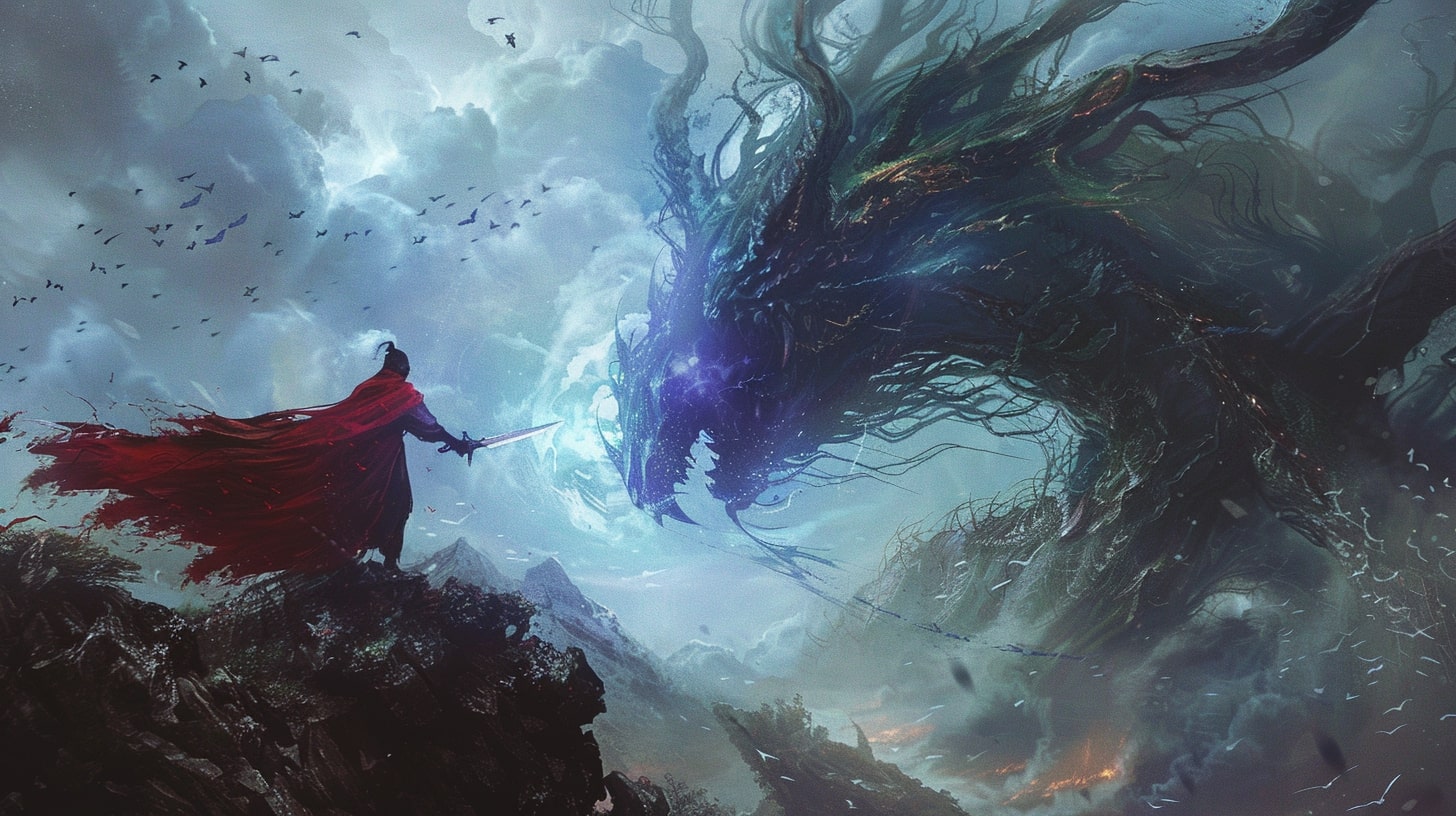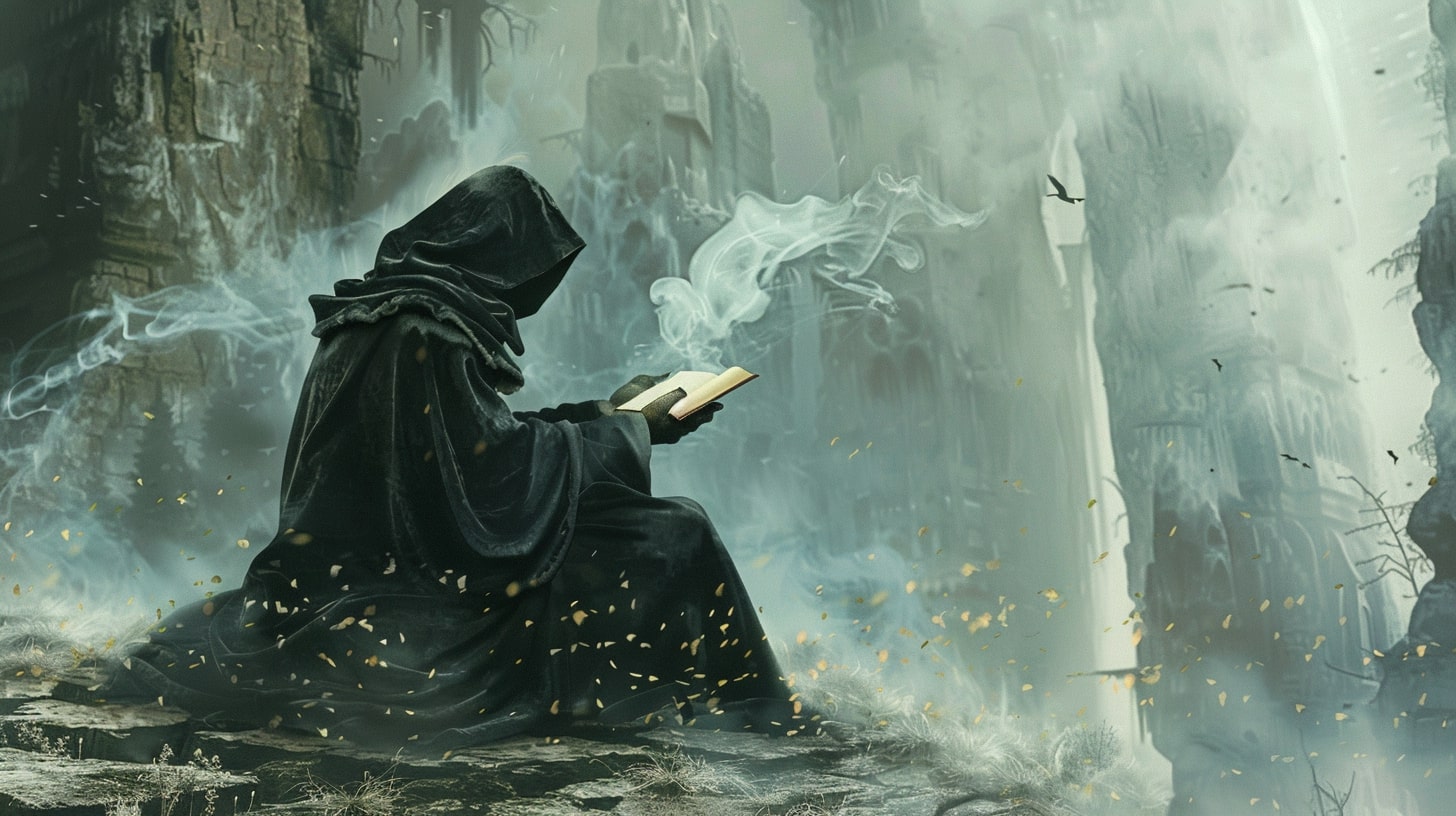The Power of Dark Magic
In the realm of magic systems, dark magic possesses a unique allure that captivates many fantasy writers. It is a force that both fascinates and terrifies, offering immense power but at a great cost.
Exploring the allure and understanding the risks and consequences associated with dark magic is essential when designing a gripping dark magic system for your world.
Exploring the Allure of Dark Magic
Dark magic holds a certain allure due to its association with forbidden knowledge, hidden secrets, and the ability to tap into darker aspects of the world. The allure lies in the temptation to wield immense power, to surpass limitations, and to gain an edge over others. The allure of dark magic often stems from the desire for control, revenge, or the pursuit of one's ambitions.
When delving into the allure of dark magic, it's important to consider the motivations and desires of characters who are drawn to it. Some may be enticed by the promise of unlimited power, seeking to reshape the world according to their own vision.
Others may be driven by personal tragedies or a thirst for vengeance, seeking the means to right past wrongs. By understanding the allure, you can create characters with depth and complexity, making their journey through the dark magic system all the more compelling.
Understanding the Risks and Consequences
While the allure of dark magic may be enticing, it is crucial to understand the risks and consequences associated with its use. Dark magic often comes at a high price, exacting a toll on the user's physical, mental, and emotional well-being. It may corrupt the user's soul, leading them down a path of moral decay and internal struggles.
The consequences of practicing dark magic can extend beyond the individual. It may disrupt the balance of the world, causing unforeseen repercussions and unleashing destructive forces. Characters who wield dark magic may face isolation, ostracization, or even become targets of those who seek to eradicate its influence.
By delving into the risks and consequences of dark magic, you can create tension, conflict, and moral dilemmas within your story. This adds depth and realism to your dark magic system, making it more than just a source of power but a catalyst for character development and plot progression.
As you embark on designing your dark magic system, remember to explore both the allure and the risks associated with it. This will allow you to create a complex and engaging system that resonates with your readers. For more inspiration and guidance on magic systems, check out our article on magic system ideas.
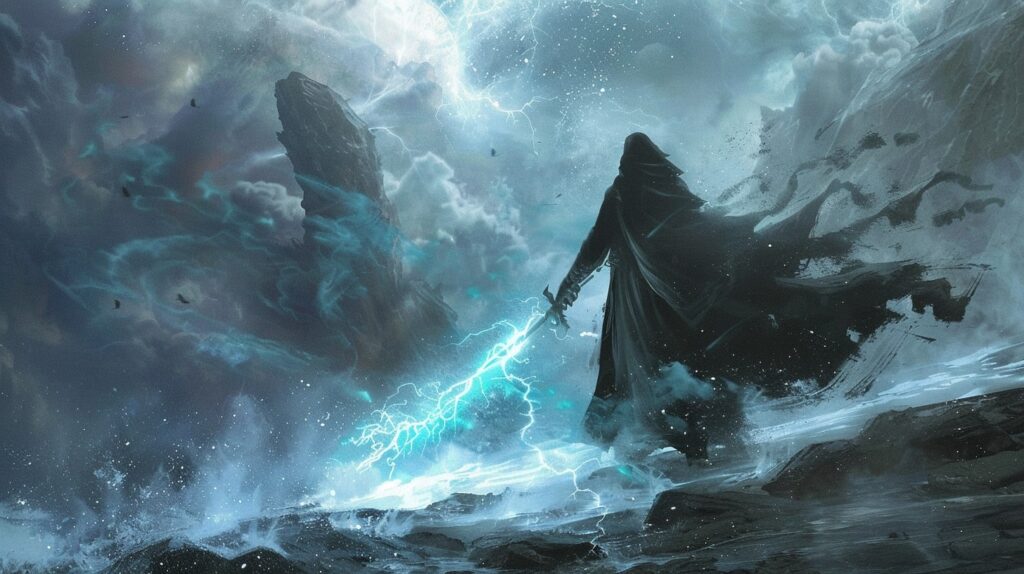
Building Your Dark Magic System
To create a captivating and believable dark magic system, it's essential to establish clear rules and limitations that govern its usage. Additionally, defining the source of dark magic adds depth and intrigue to your world. Let's explore these two aspects in more detail.
Establishing the Rules and Limitations
Every magic system, including dark magic, needs to have well-defined rules and limitations to maintain consistency and avoid overpowering characters. These rules can include the specific gestures, incantations, or rituals required to harness dark magic, as well as the mental or physical toll it takes on the user.
Consider establishing limitations such as a limited reserve of dark magic energy that needs replenishing, or a detrimental effect on the user's physical or mental well-being with prolonged usage. This not only adds complexity to your magic system but also creates opportunities for tension, character development, and plot twists.
It's important to strike a balance between the power of dark magic and its consequences. This balance ensures that your characters face challenges and make meaningful choices when utilizing dark magic. For more inspiration on creating rules and limitations for your magic system, check out our article on magic system rules.
Defining the Source of Dark Magic
Defining the source of dark magic adds depth and mystery to your world. Consider exploring various possibilities, such as dark magical artifacts, ancient forbidden texts, or even a malevolent deity. The source of dark magic can have a profound impact on the nature and accessibility of this power.
For example, if dark magic is derived from forbidden tomes, characters may need to search for hidden libraries or confront dangerous cults to access its knowledge. On the other hand, if dark magic is tied to a malevolent deity, characters may have to make sacrifices or perform sinister rituals to gain favor with this entity.
The source of dark magic can also influence its inherent characteristics and limitations. For instance, if dark magic draws its power from negative emotions, it may be stronger during times of despair or anger. Alternatively, if dark magic is rooted in the manipulation of life force, it may require a sacrifice of life energy to perform powerful spells.
By defining the source of dark magic, you can shape the lore and history of your world, adding depth and intrigue to the narrative. For more ideas on creating unique and compelling magic systems, check out our article on magic system ideas.
As you build your dark magic system, remember to consider the interplay between the rules, limitations, and the source of dark magic. This integration will ensure a cohesive and immersive experience for readers, allowing them to fully engage with the wonders and dangers of your fantastical world.
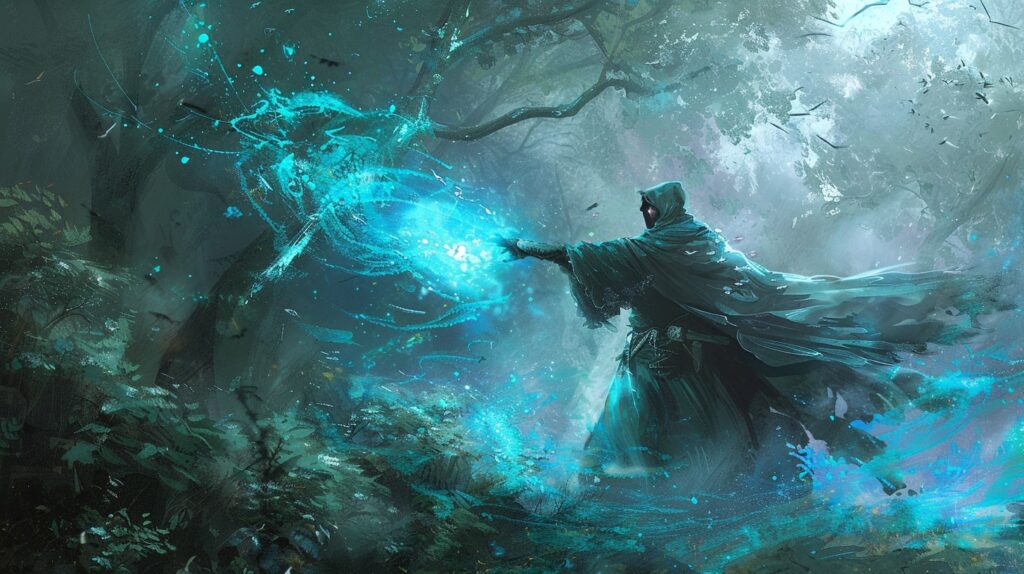
Elements of Dark Magic
In your dark magic system, there are several intriguing elements that add depth and mystique to your world. These elements include curses and hexes, necromancy and soul manipulation, and shadow manipulation and illusions.
Curses and Hexes
Curses and hexes are powerful tools wielded by practitioners of dark magic. These malevolent spells are designed to bring harm, misfortune, or afflictions upon their targets.
Curses can range from simple spells causing minor inconveniences to complex enchantments with devastating effects. Hexes, on the other hand, are often more specific and focused, targeting individuals with a particular intention in mind.
The effects of curses and hexes can vary greatly depending on the creativity and skill of the dark magic user. Some examples include curses that bring eternal darkness, curses that cause debilitating ailments, or hexes that manipulate luck to the detriment of the victim.
Be cautious when utilizing these elements in your storytelling, as curses and hexes often come with risks and consequences. Explore the allure and dangers of dark magic further in our article on magic system worldbuilding.
Necromancy and Soul Manipulation
Necromancy and soul manipulation are closely intertwined with the dark arts. These elements allow practitioners to interact with the deceased and manipulate the essence of life. Necromancers can raise the dead, communicate with spirits, or even extract and harness the souls of living beings.
Necromancy and soul manipulation can be used for various purposes, from seeking forbidden knowledge to gaining power over life and death. However, meddling with the forces of life and the afterlife often comes with grave consequences.
The dark magic user may face moral dilemmas and internal struggles while grappling with the ethical implications of their actions. Explore the complexities of character development in relation to dark magic in our article on magic system development.
Shadow Manipulation and Illusions
Shadow manipulation and illusions are staples of dark magic, allowing practitioners to bend reality and deceive the senses. With these elements, dark magic users can create intricate illusions, manipulate shadows to conceal or attack, and even influence the perceptions of others.
Shadow manipulation can be used to obscure the truth, sow fear, or launch surprise attacks. Illusions created by dark magic can deceive the mind and distort perceptions, making it challenging for others to discern reality from fiction.
The art of shadow manipulation and illusions requires mastery over the dark arts and a deep understanding of human psychology. Dive into the mechanics and intricacies of these elements in our article on magic system mechanics.
Incorporating curses and hexes, necromancy and soul manipulation, and shadow manipulation and illusions into your dark magic system adds layers of intrigue and danger to your world. Explore the possibilities and consequences of these elements as you craft a gripping and captivating narrative.

Balancing the Dark and Light
In your dark magic system, it's important to consider how dark magic can be countered and balanced by the presence of light magic. This balance not only adds depth to your magical world but also provides opportunities for conflict and resolution. Let's explore two aspects related to balancing dark and light magic: counteracting dark magic and the role of light magic.
Counteracting Dark Magic
To maintain equilibrium in your magical system, it's crucial to establish ways to counteract the effects and influence of dark magic. This can be achieved through various means, such as:
Purification Rituals: These rituals involve cleansing and purifying individuals or objects affected by dark magic. They can help remove curses, hexes, or negative energies associated with dark magic. Purification rituals might involve the use of specific herbs, incantations, or even the presence of light magic practitioners.
Divine Intervention: Introducing divine entities or deities who possess the power to neutralize or banish dark magic can be a compelling aspect of your world. These divine beings might have their own followers or priests who act as intermediaries between the mortal realm and the divine realm.
Ancient Artifacts: Ancient artifacts imbued with light magic can serve as powerful tools for combating dark magic. These artifacts might possess the ability to nullify or weaken dark spells, providing an important resource for those who stand against the forces of darkness. It's essential to establish the specific properties and limitations of these artifacts within your magic system.
The Role of Light Magic in the System
Light magic serves as a counterbalance to dark magic, representing purity, healing, and protection. It can be utilized to counteract the negative effects of dark magic and to restore balance within the magical world. Here are a few ways light magic can contribute to your system:
Healing and Restoration: Light magic can be harnessed to heal wounds, cure ailments, and restore vitality. Light magic practitioners might specialize in using their abilities to heal those affected by dark magic or to purify areas tainted by its influence.
Protection and Warding: Light magic can be employed to create protective barriers, shields, or wards against dark magic. These defensive measures can safeguard individuals, objects, or even entire locations from the malevolent forces of the dark.
Banishment and Exorcism: Light magic users might possess the ability to banish dark entities or cleanse individuals possessed or influenced by dark magic. These magical practitioners can act as protectors of the realm, using their powers to rid the world of darkness.
By incorporating the counteraction of dark magic and the role of light magic in your system, you can create a dynamic and engaging magical world. Remember to establish the rules and limitations of both types of magic, ensuring that the balance between dark and light magic is well-defined and integral to the functioning of your magic system.
Crafting Unique Spells and Rituals
In a dark magic system, the spells and rituals used by practitioners play a vital role in shaping the narrative and the world you are building. Crafting unique and intriguing spells and rituals can add depth and mystery to your dark magic system. Here, we will explore two important aspects of spellcraft: spell components and ingredients and rituals and incantations.
Spell Components and Ingredients
When designing spells for your dark magic system, consider incorporating unique spell components and ingredients. These elements can enhance the authenticity and richness of your magic system, making it more immersive for your readers.
Spell components can be anything from rare herbs and gemstones to the blood of mythical creatures or the ashes of forbidden books. These components can be combined in specific ways to create powerful and intricate spells. The inclusion of these components adds a sense of realism and depth to your magic system, giving it a unique flavor.
For example, a spell to summon darkness and manipulate shadows might require a black obsidian stone, a handful of nightshade berries, and a drop of blood from a nocturnal creature. Experiment with different combinations and create tables to organize the various spell components and their effects.
Rituals and Incantations
Rituals and incantations are an integral part of dark magic. These ceremonial practices can add a sense of mysticism and ancient tradition to your magic system. When crafting rituals, consider the specific gestures, movements, and words that must be performed to unleash the power of dark magic.
Rituals can range from simple gestures to complex sequences requiring multiple participants. They may involve drawing intricate symbols, chanting incantations, or even sacrificing something of value. The more elaborate the ritual, the greater the impact and consequences of the resulting magic.
Incantations, on the other hand, are the spoken words or phrases that activate the magic. These incantations can be in an ancient language, or they can be unique phrases that reflect the nature of the spell being cast. Feel free to invent your own languages or borrow inspiration from existing ones, giving your magic system a distinctive linguistic flavor.
By incorporating spell components, ingredients, rituals, and incantations into your dark magic system, you can create a captivating and immersive experience for your readers. Remember to maintain consistency and logic within your system to ensure that the spells and rituals align with the rules and limitations you have established. For further inspiration and guidance on magic system design, check out our article on magic system design.
Note: The examples provided are for illustrative purposes only. It is essential to develop your own unique spells and rituals that align with the themes and rules of your dark magic system.
Character Development with Dark Magic
In a dark magic system, the characters who possess and wield this forbidden power face a myriad of challenges and internal struggles. As a writer, it's essential to delve into the moral dilemmas and corruption that accompany the use of dark magic.
The Moral Dilemmas and Internal Struggles
Characters who engage with dark magic often find themselves grappling with moral dilemmas. The allure of dark magic may promise immense power and the ability to achieve their goals, but at what cost? These characters must confront the ethical implications of their actions and decide whether the ends justify the means.
Internal struggles take center stage as characters battle their own desires, fears, and the potential consequences of embracing dark magic. The temptation to give in to the dark forces can be overwhelming, leading characters down a treacherous path that tests their resolve and challenges their sense of self.
As a writer, you can explore the conflicting emotions and internal turmoil that arise when characters navigate the complex moral landscape of dark magic. This adds depth and complexity to their development, making them relatable and multidimensional.
Exploring the Corruption and Temptation
One of the defining aspects of dark magic is its inherent corrupting influence. The more characters rely on dark magic, the greater the risk of succumbing to its insidious effects. Corruption can manifest in various ways, such as physical transformations, twisted desires, or a gradual erosion of their morality.
Temptation plays a significant role in the narrative of characters involved with dark magic. They may be enticed by the promises of power, vengeance, or even the simple desire to control their own destinies. However, succumbing to these temptations often leads to dire consequences, both for the characters themselves and those around them.
By exploring the nuanced interplay between corruption and temptation, you can create rich character arcs and intricate storylines. These elements highlight the internal struggles and external conflicts that arise from the use of dark magic, adding depth and tension to your narrative.
As you develop your characters' relationships with dark magic, consider the moral dilemmas they face and the corruption and temptation they must confront. These aspects contribute to the complexity of your world and make for compelling storytelling. Remember to integrate these themes seamlessly into the broader fabric of your dark magic system, creating a captivating and immersive reading experience.

